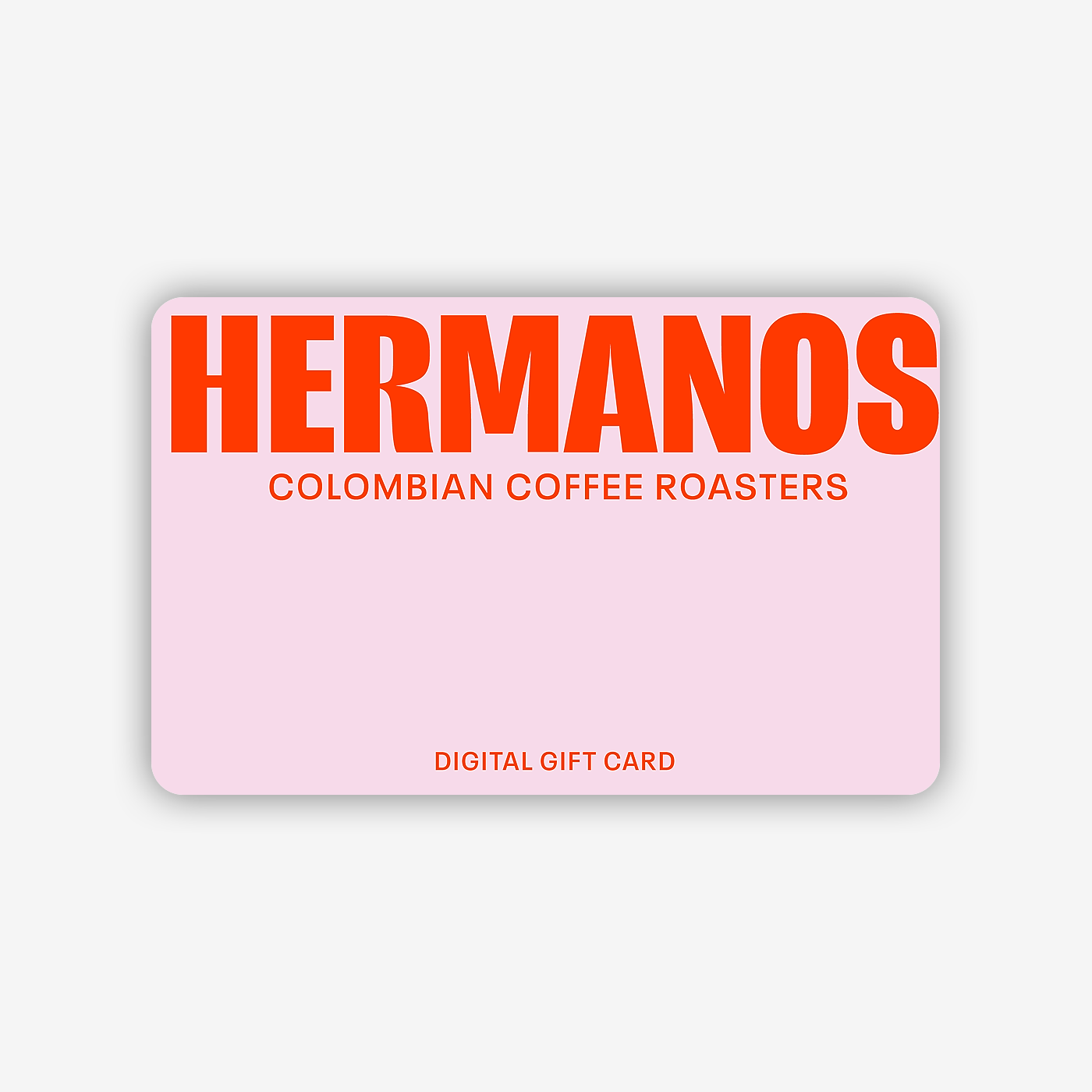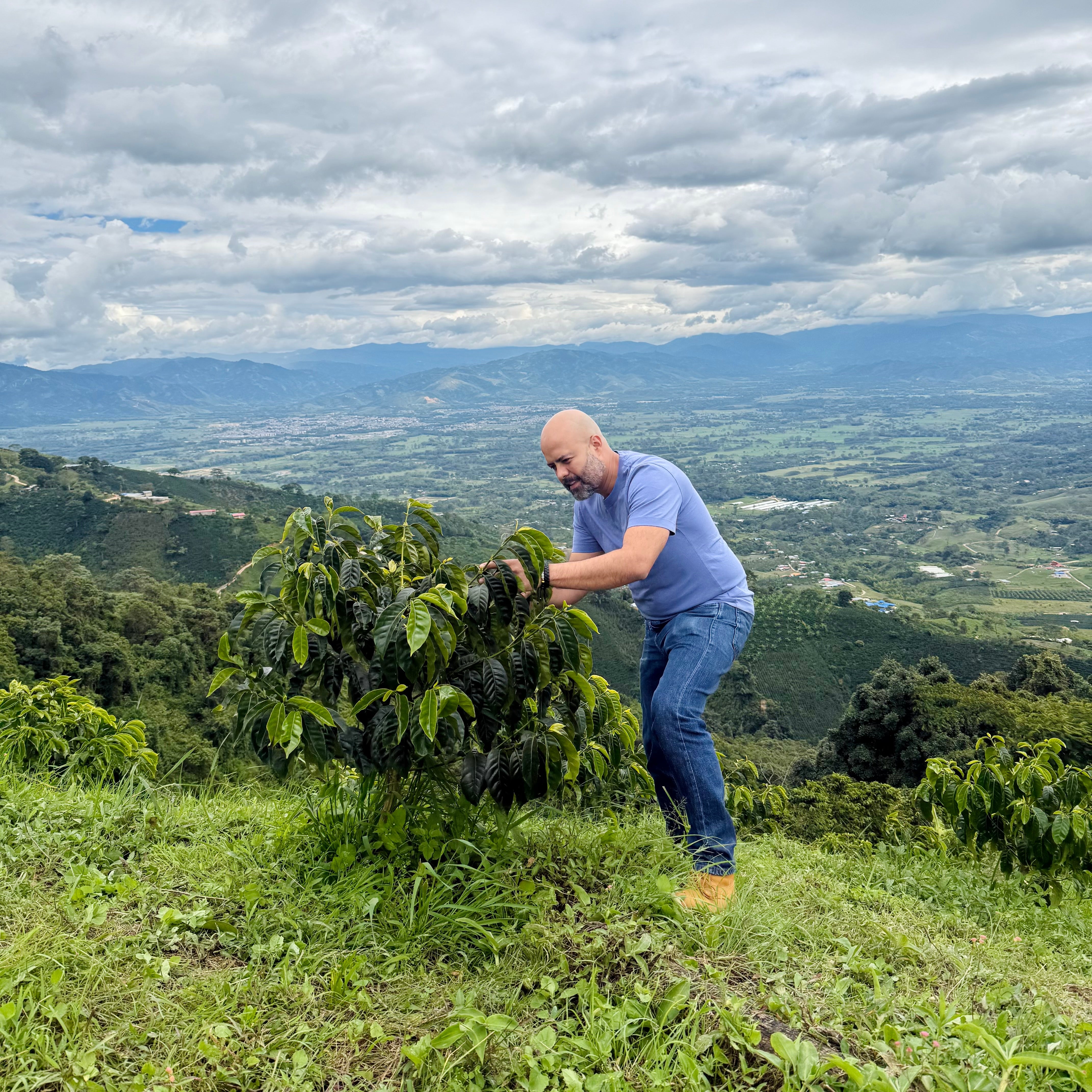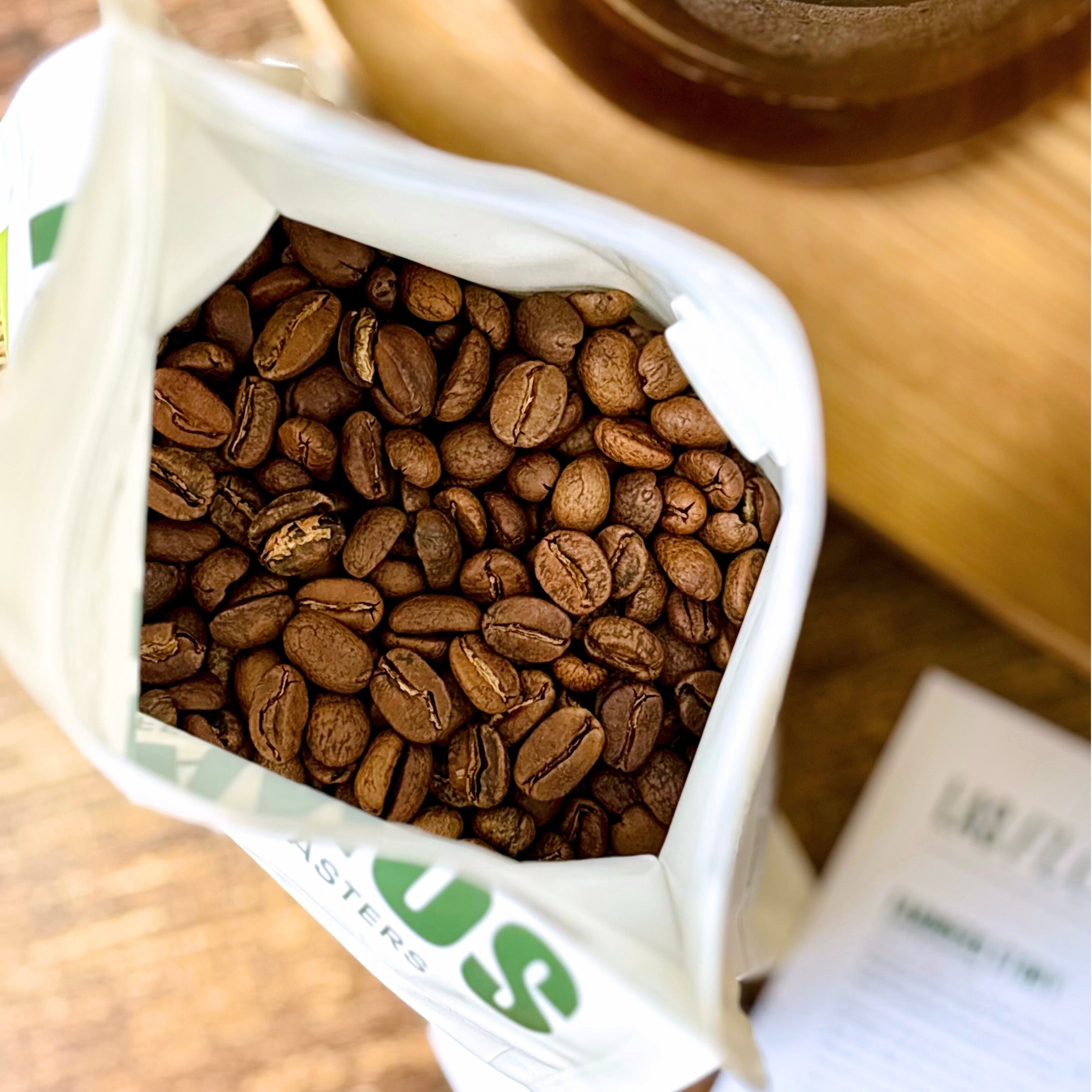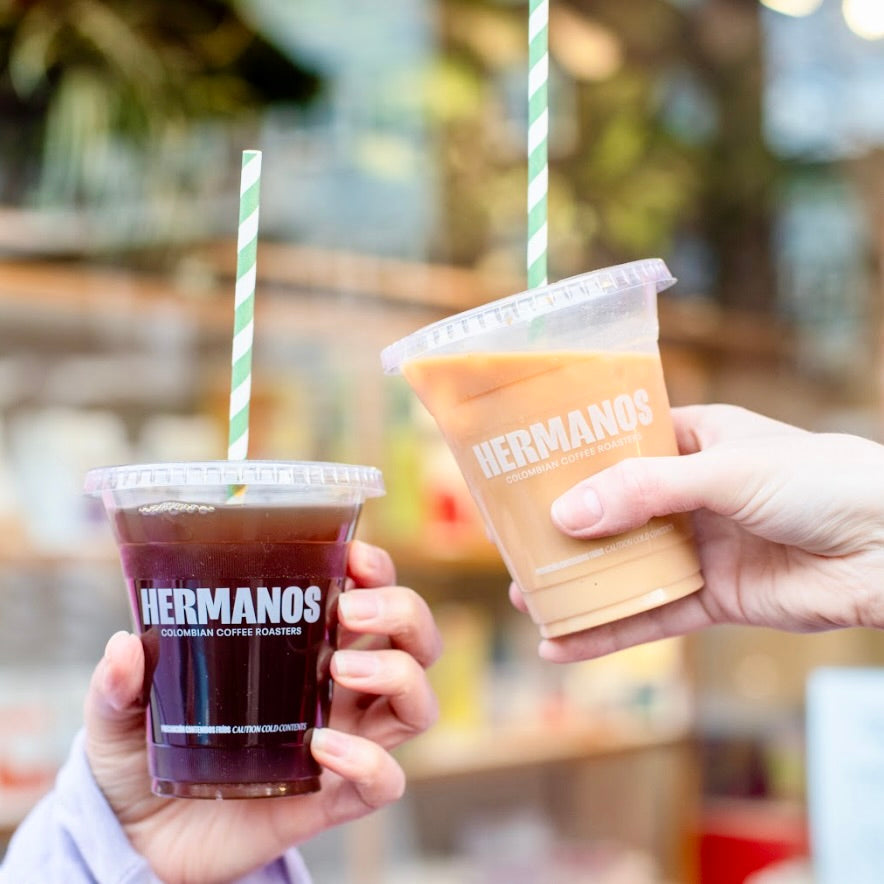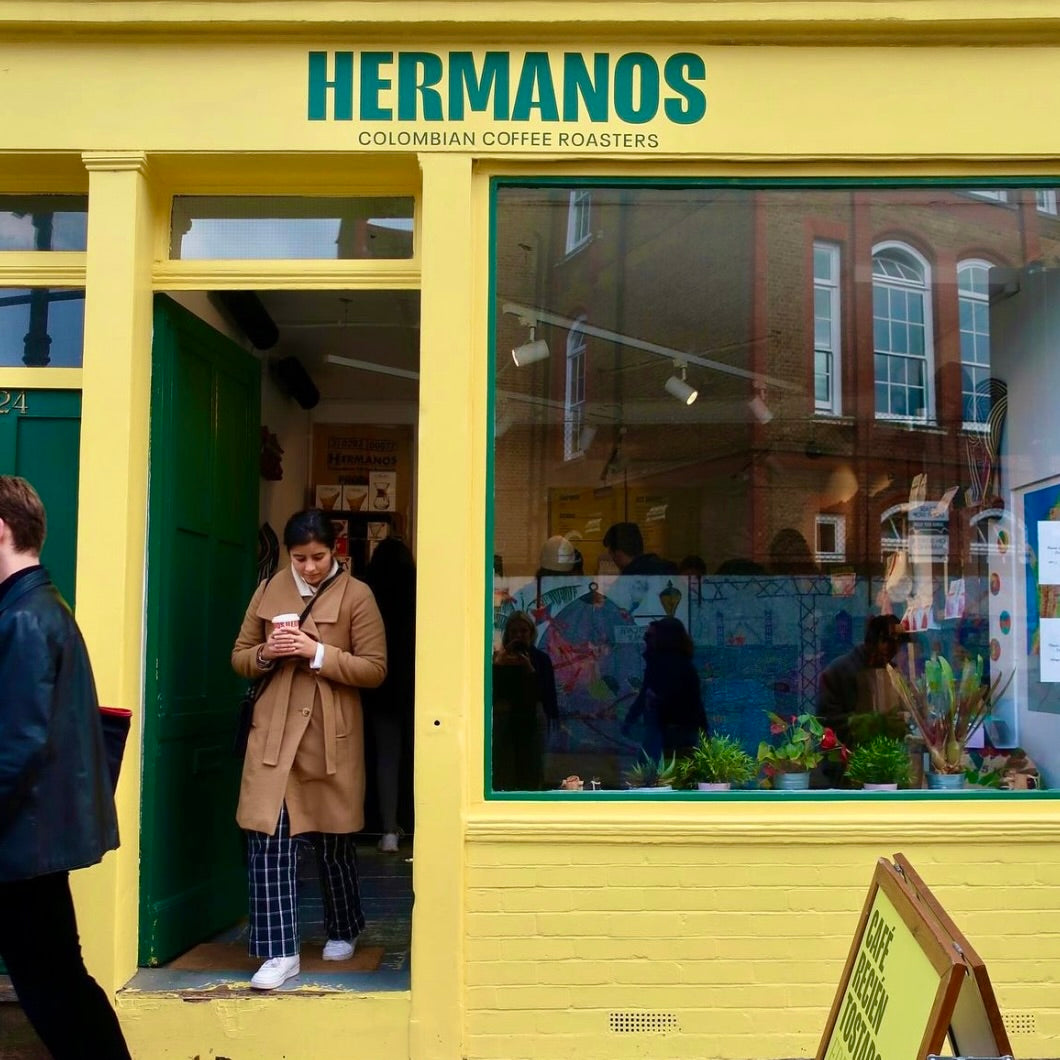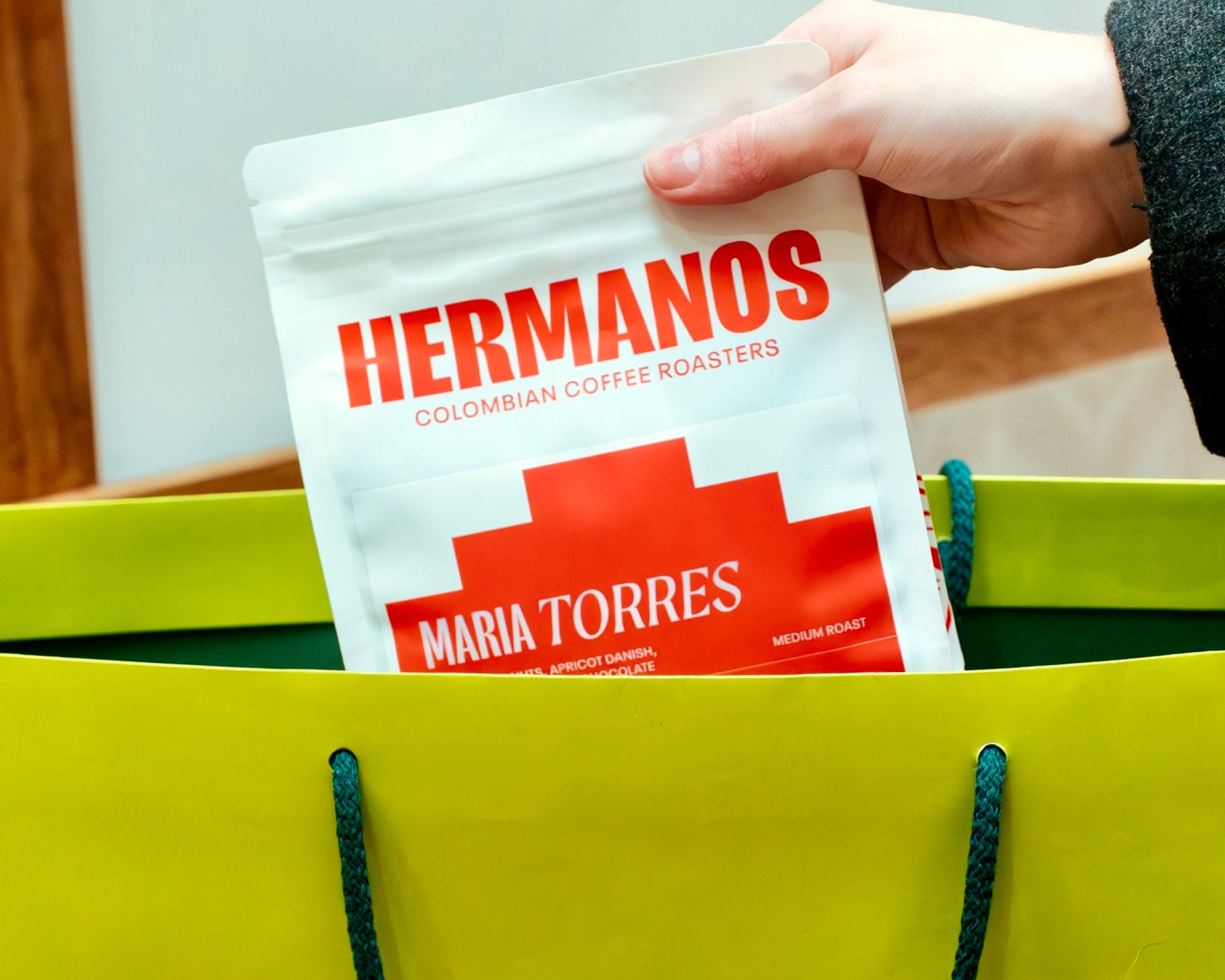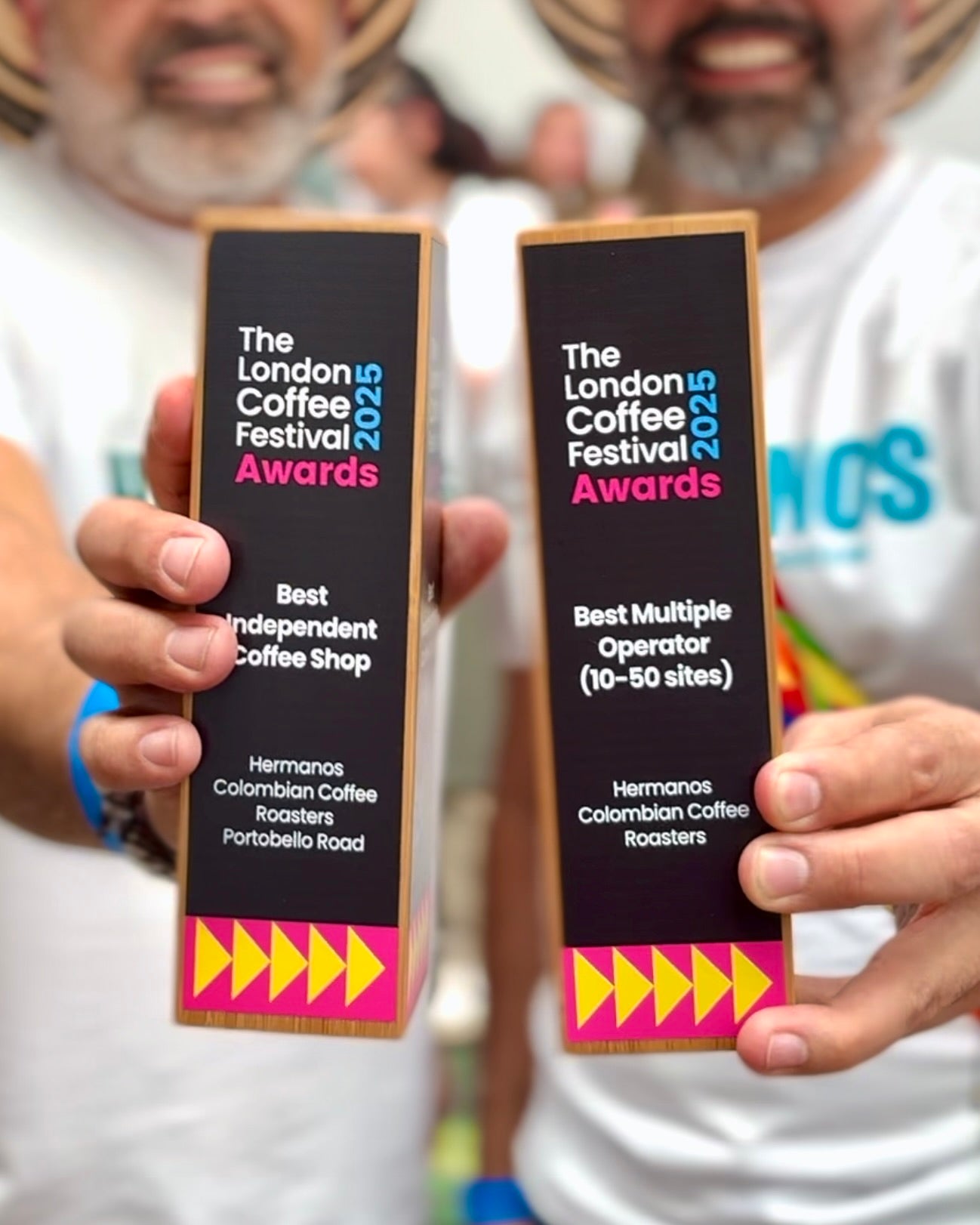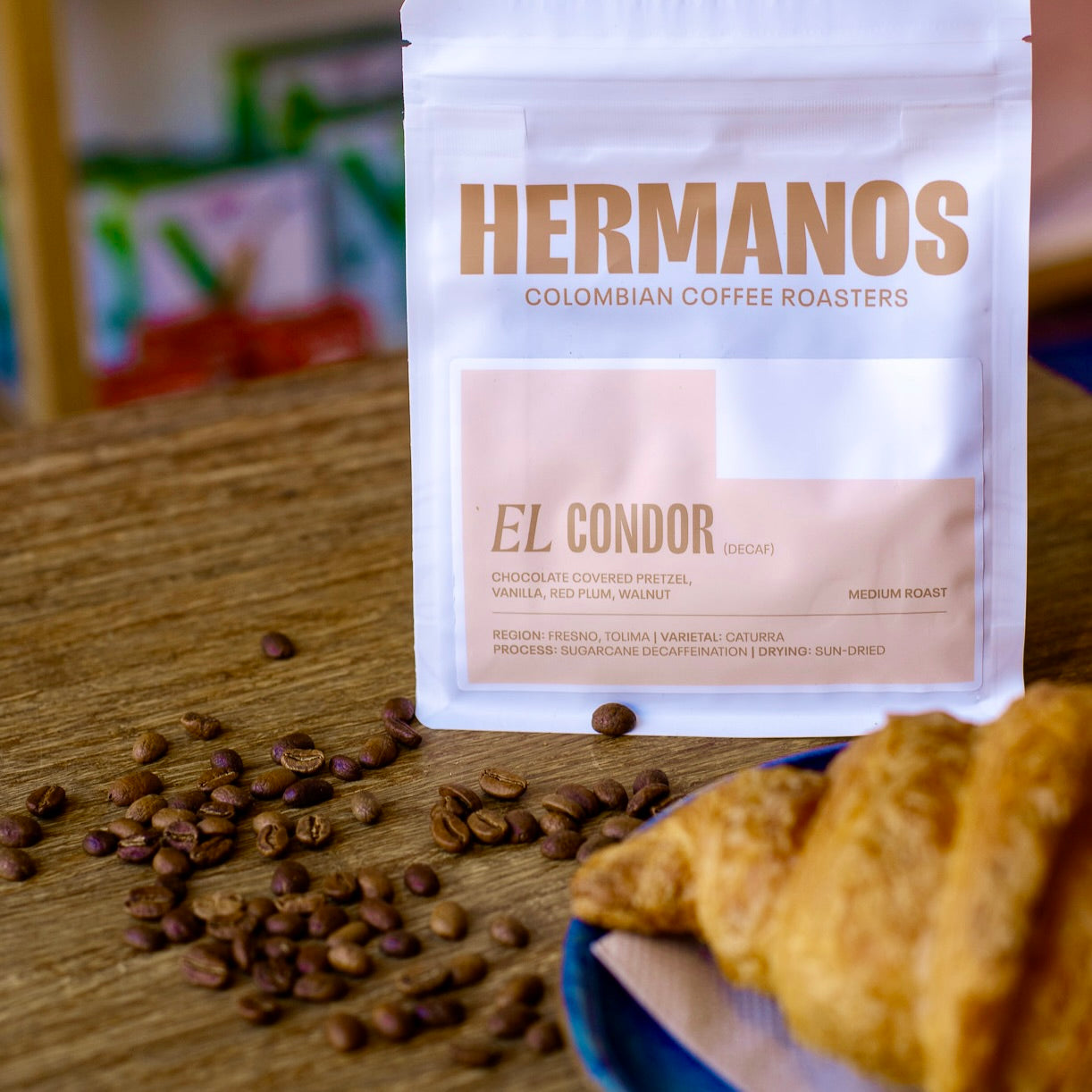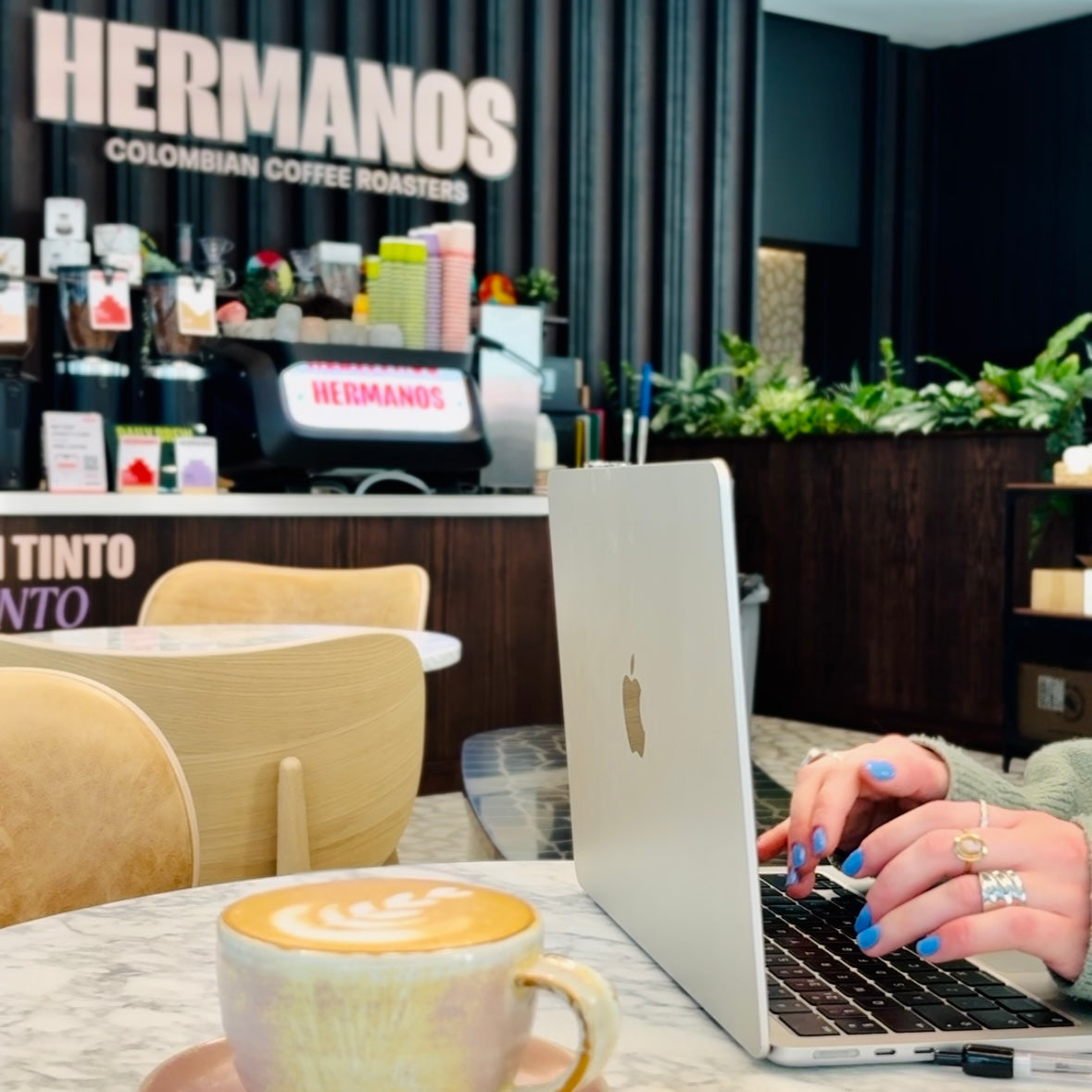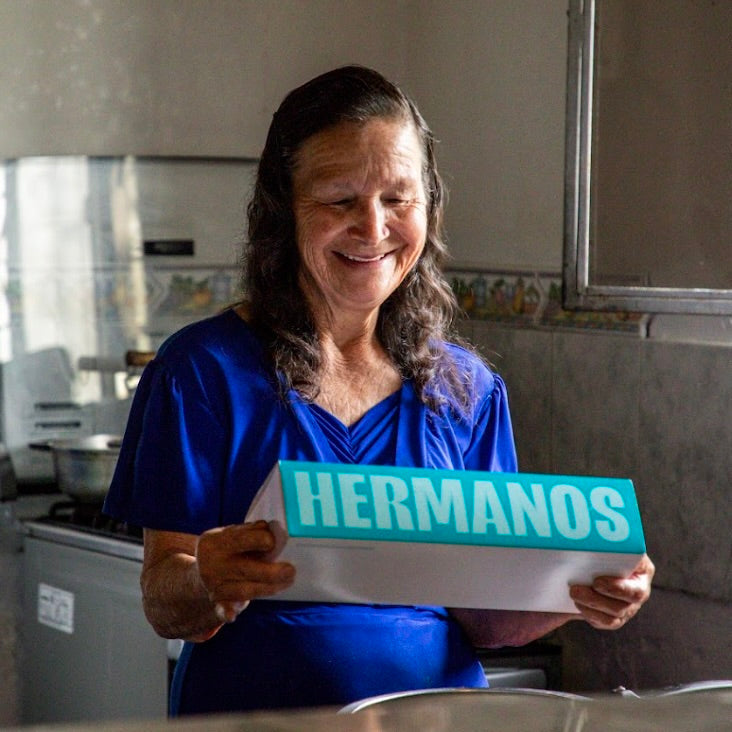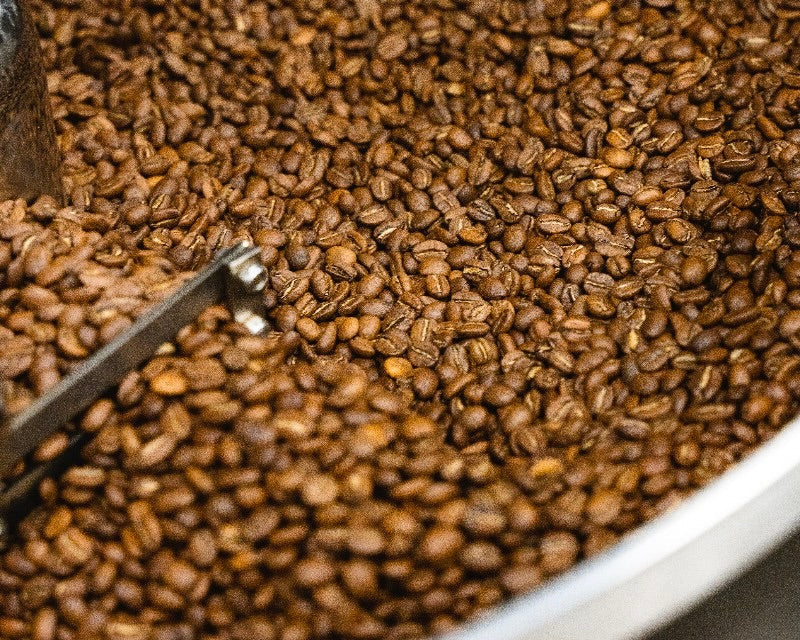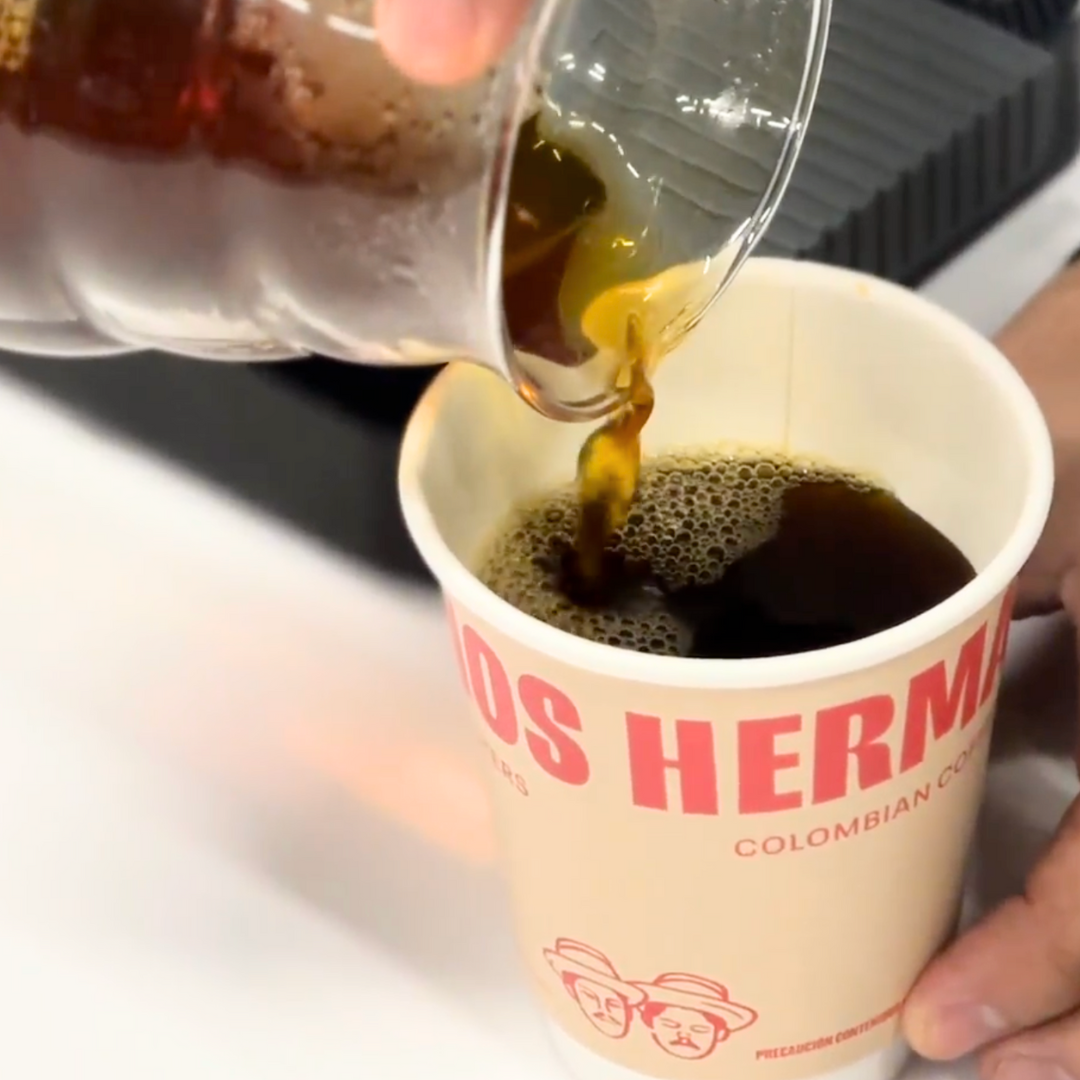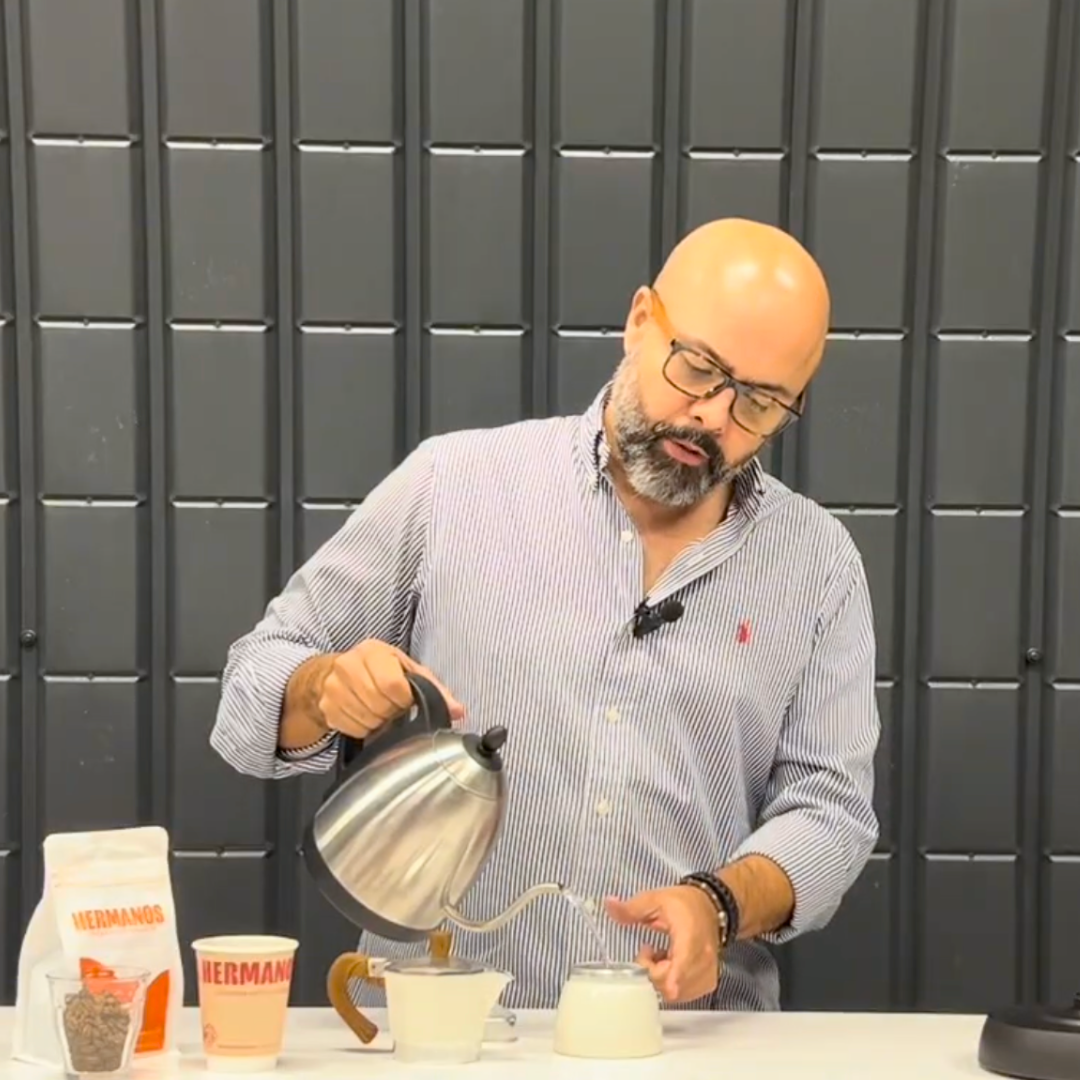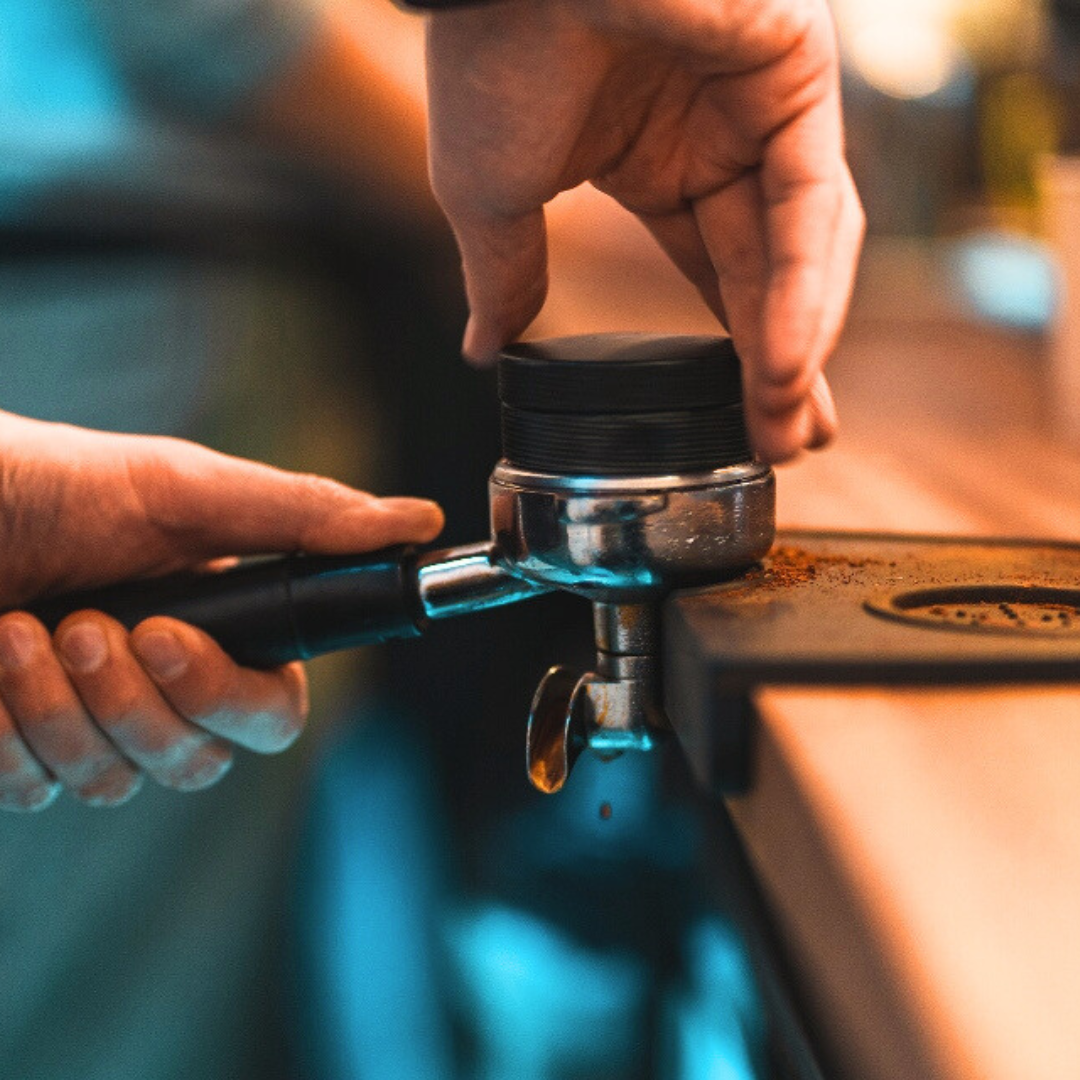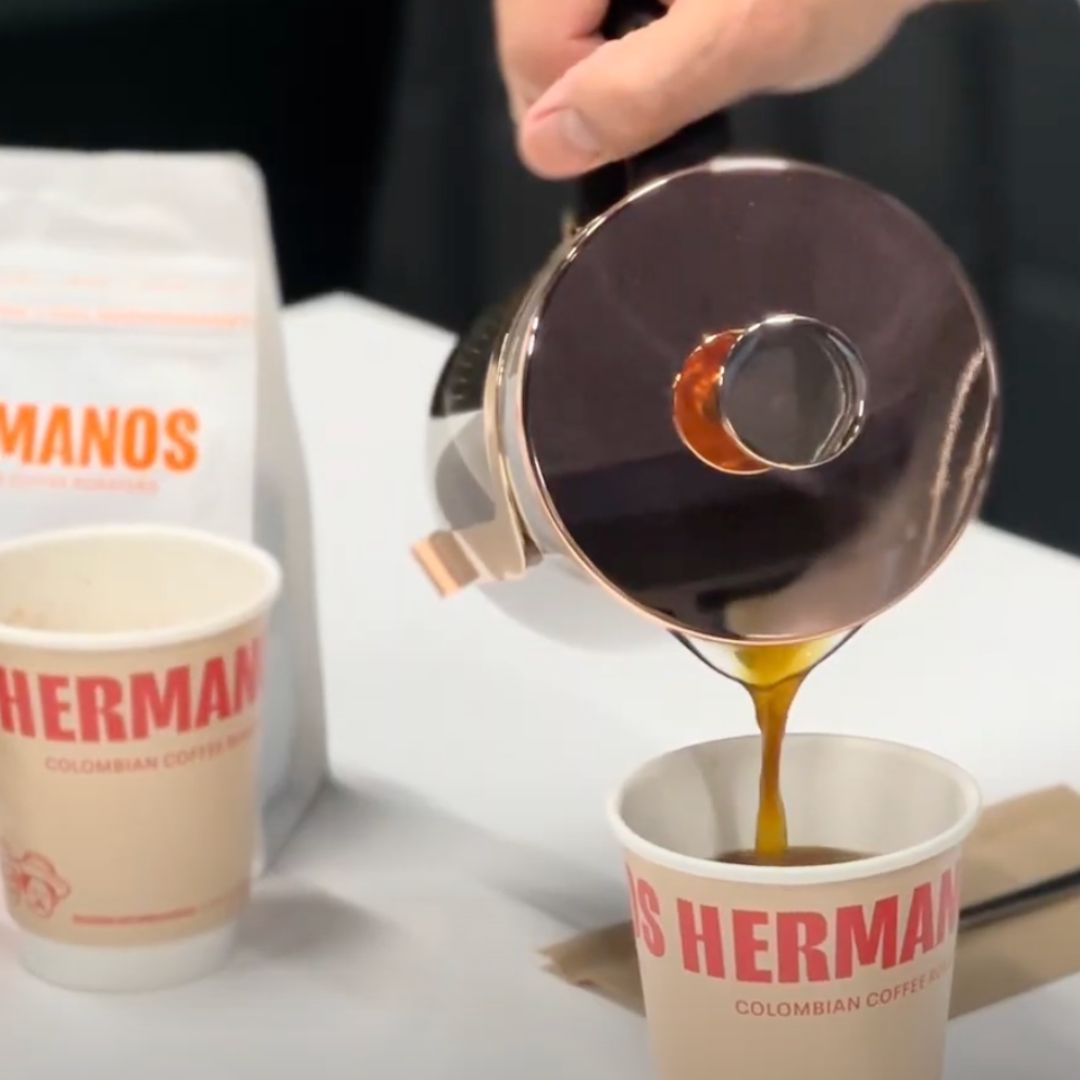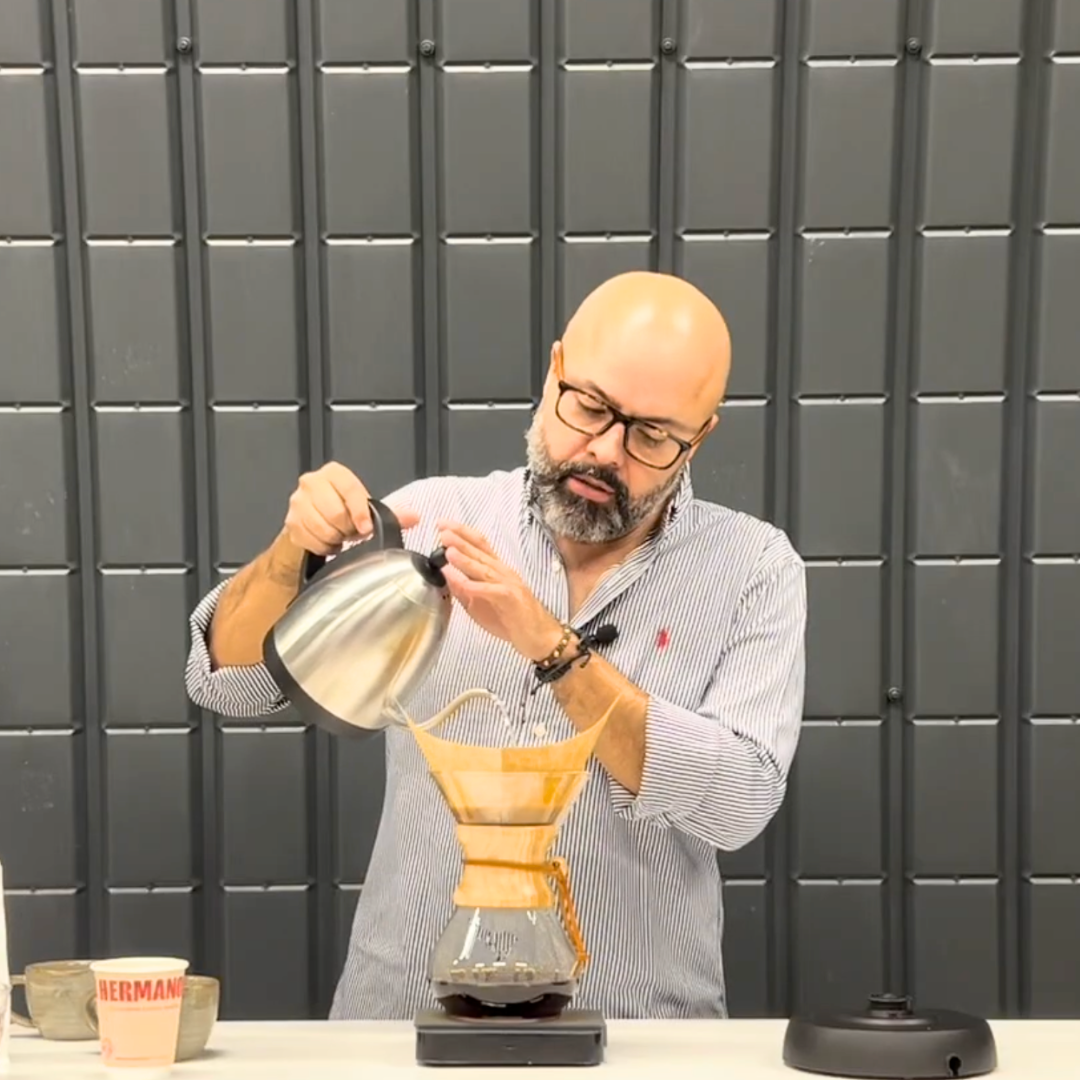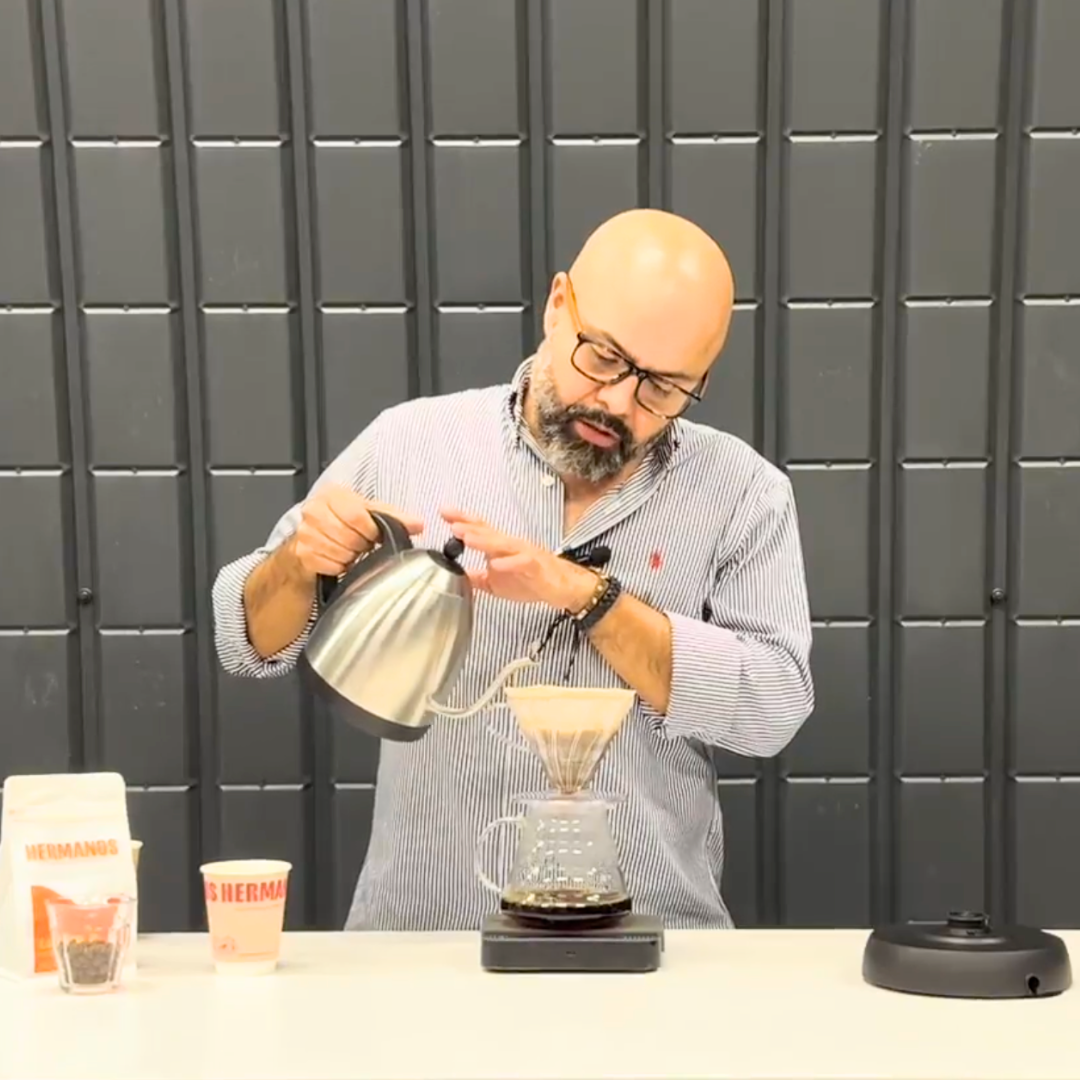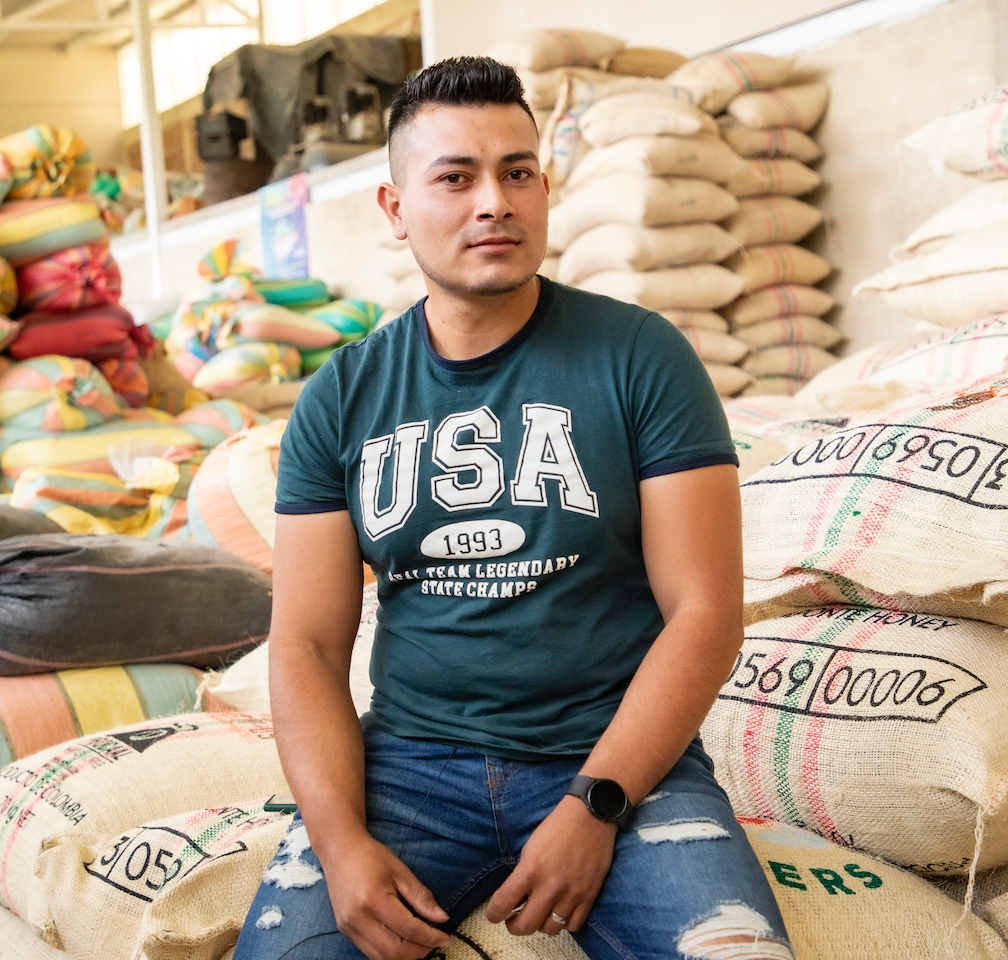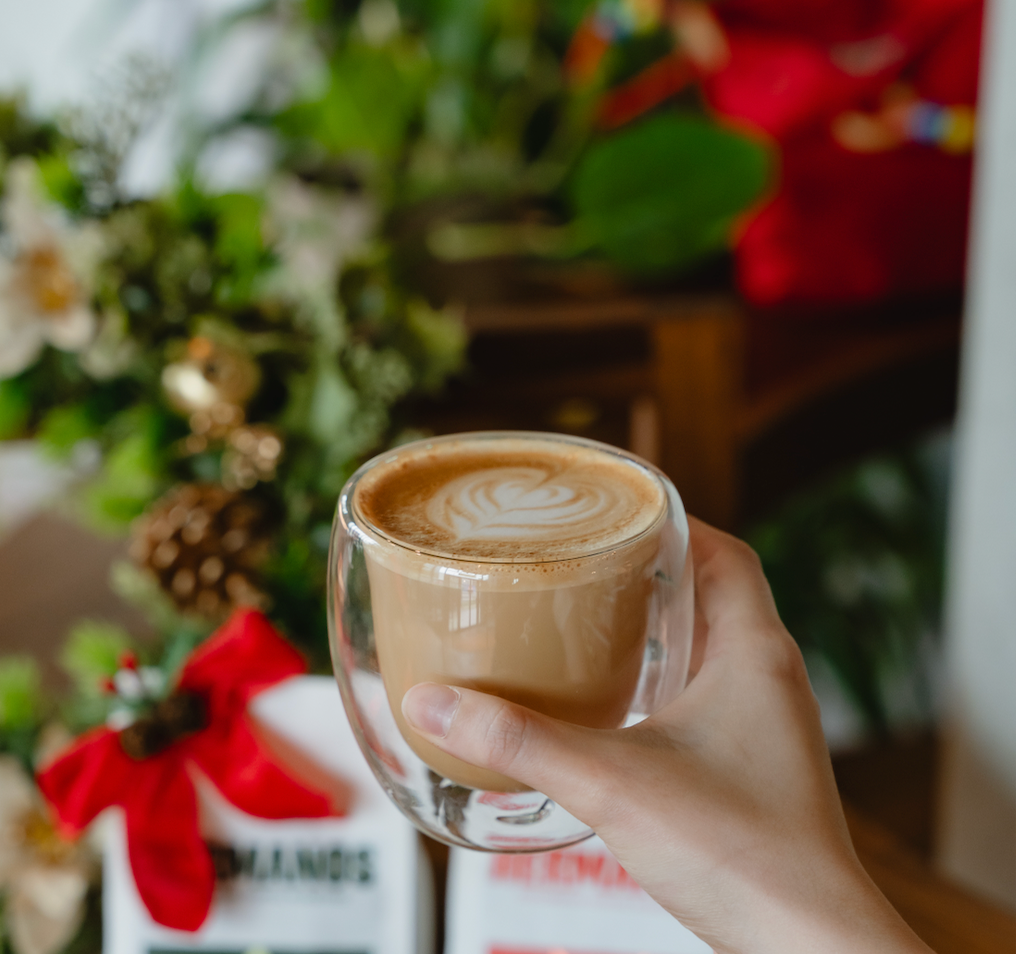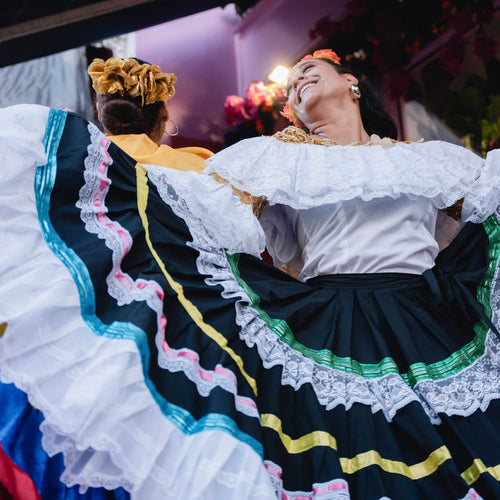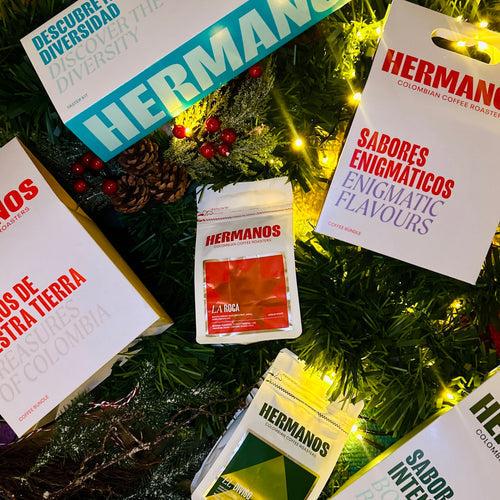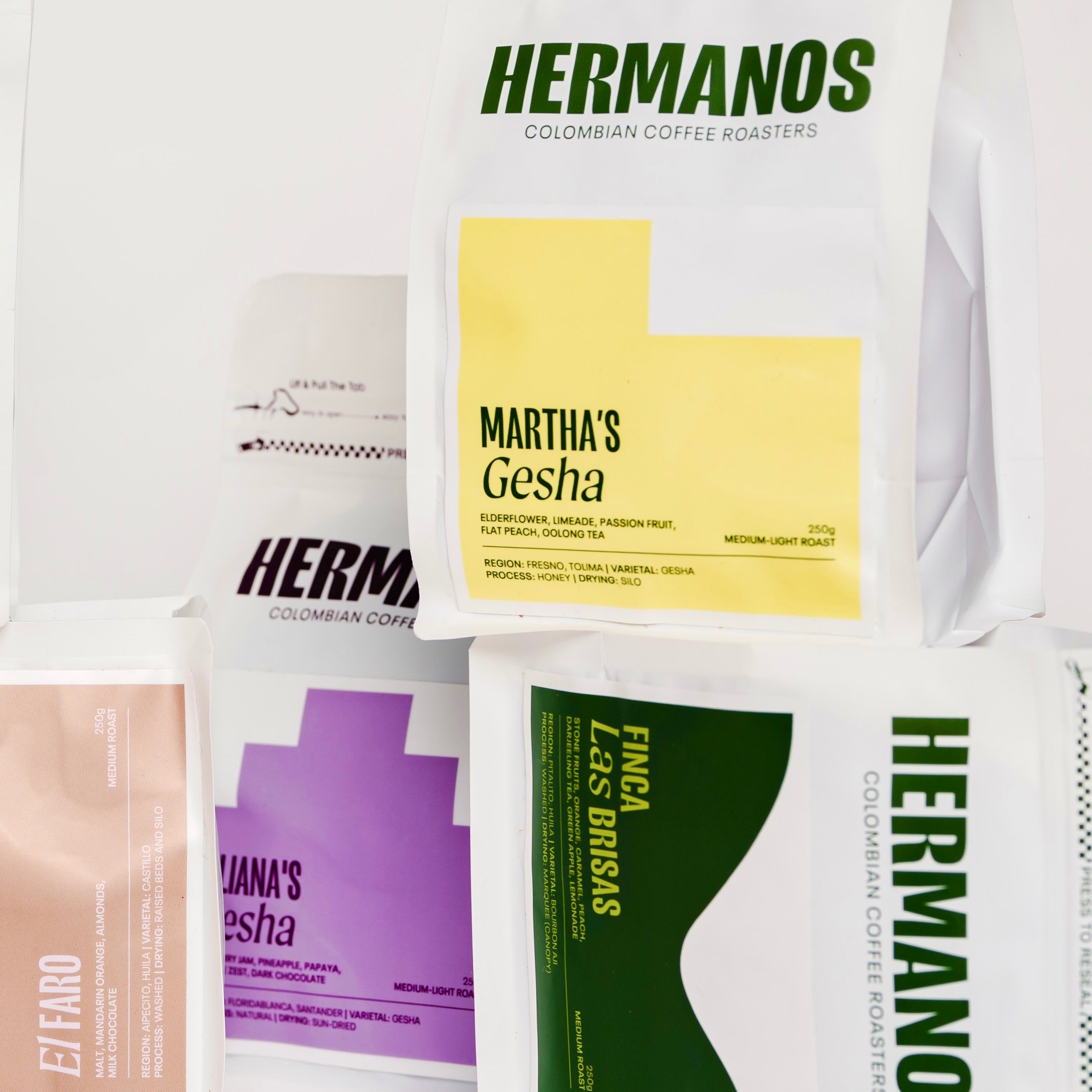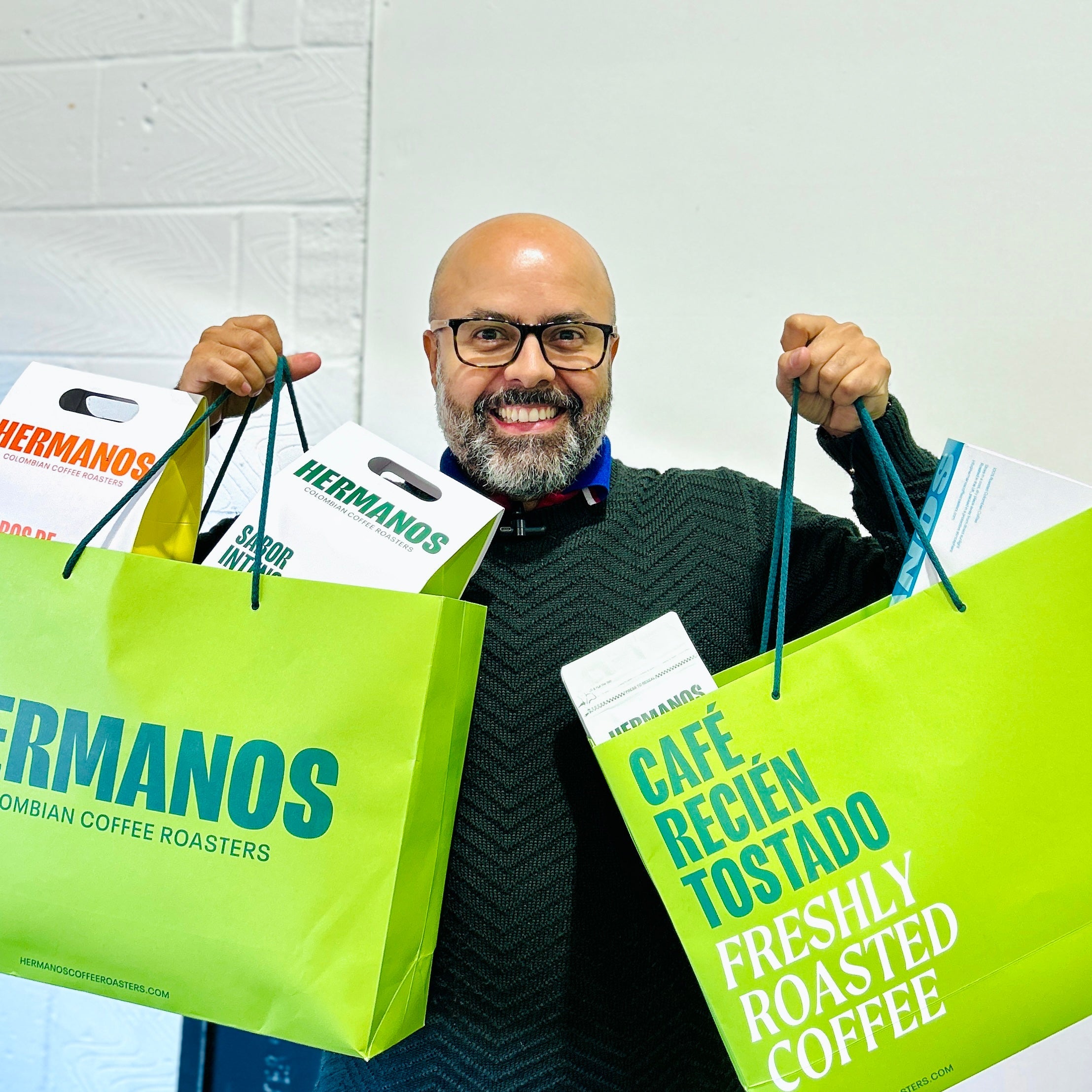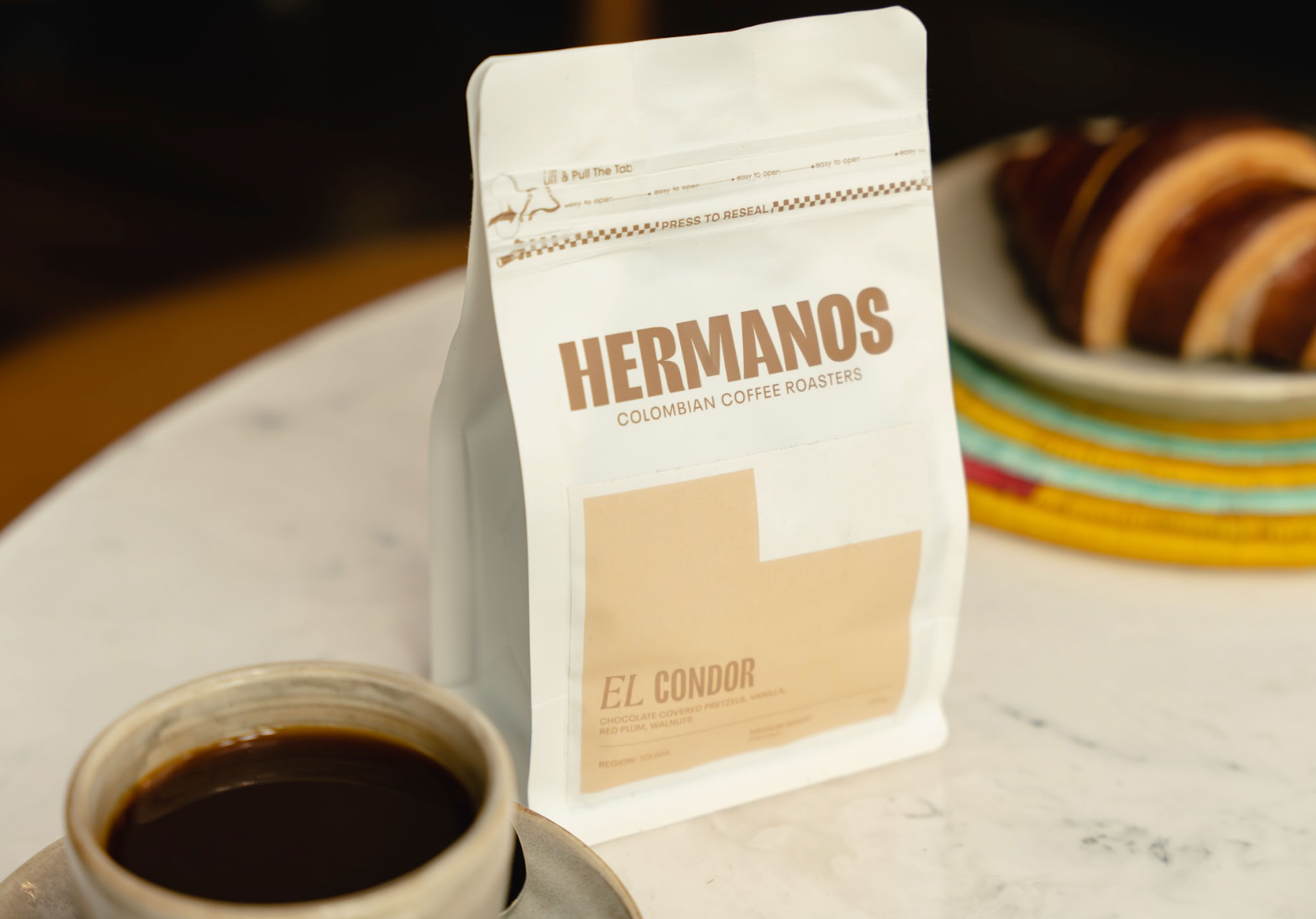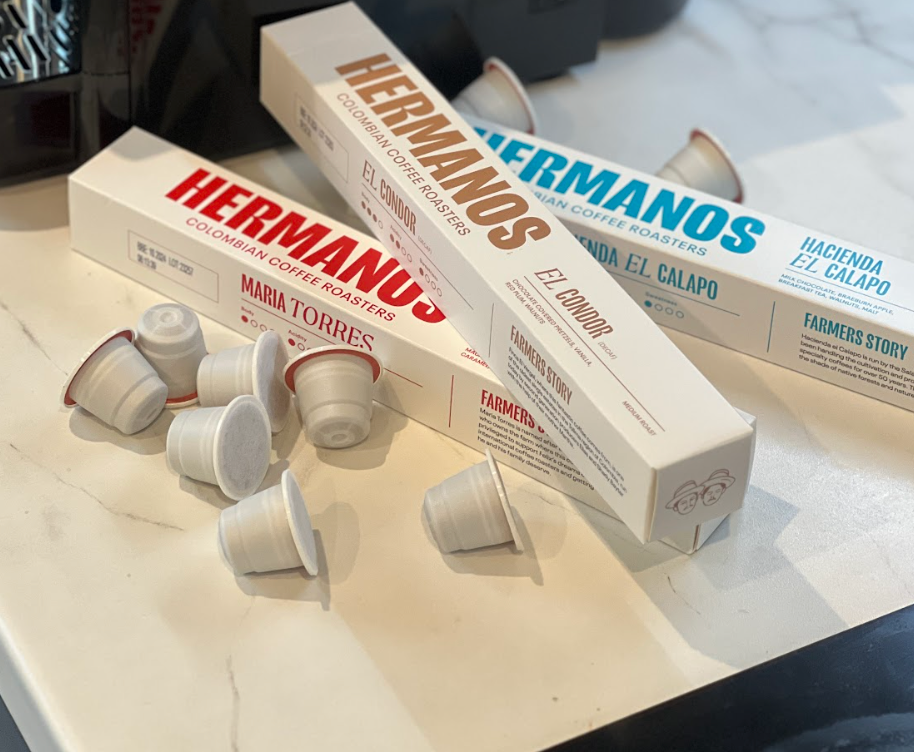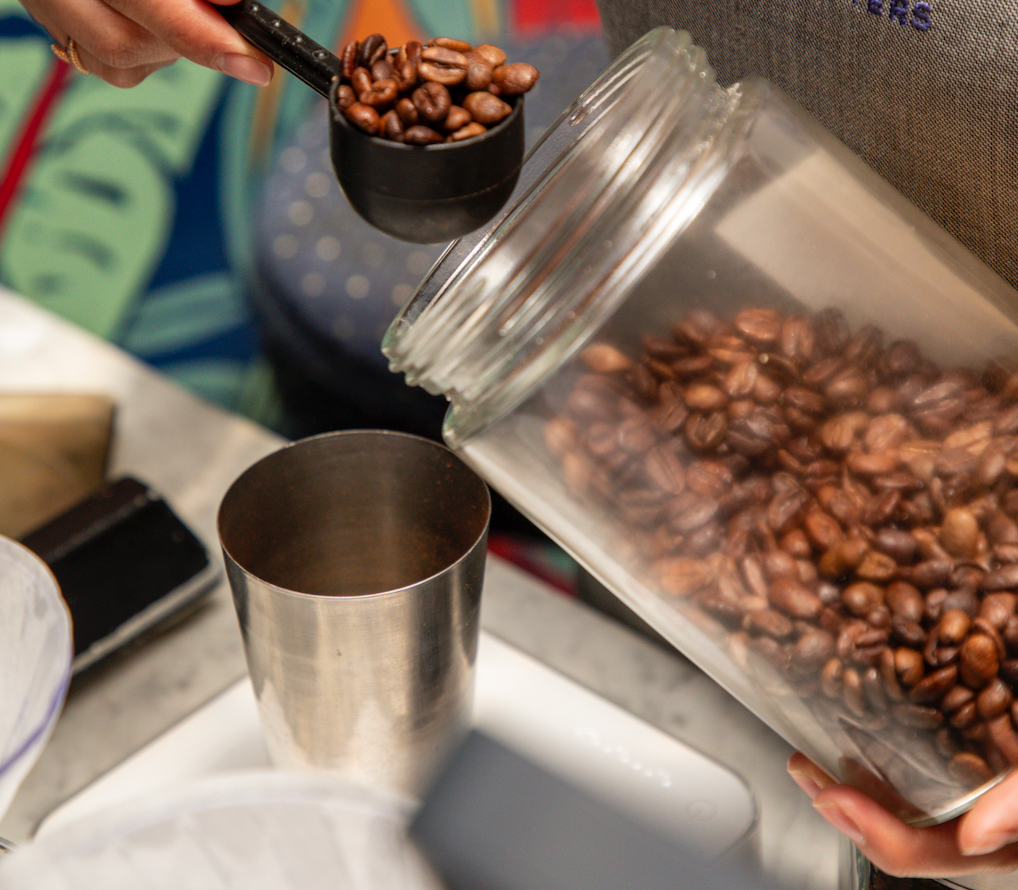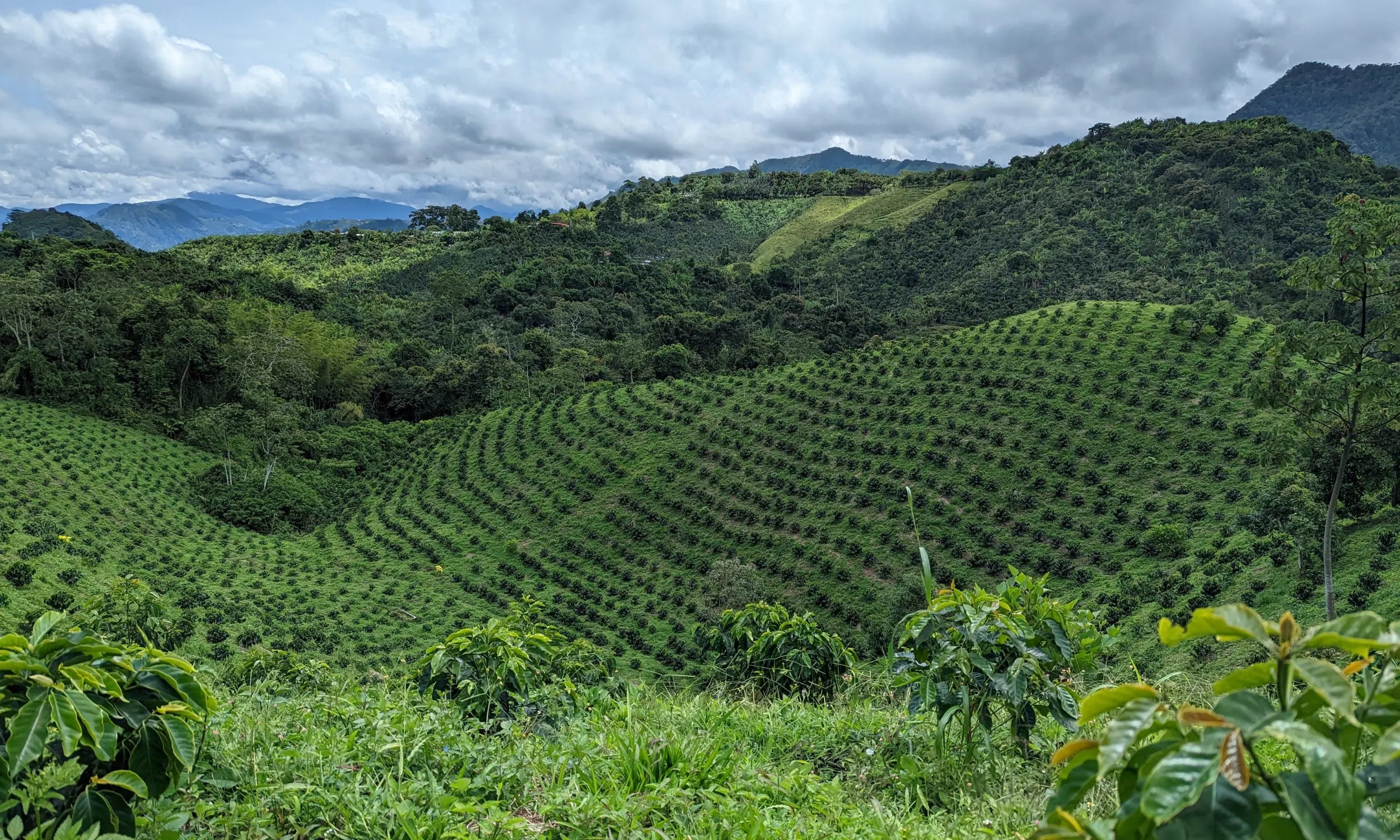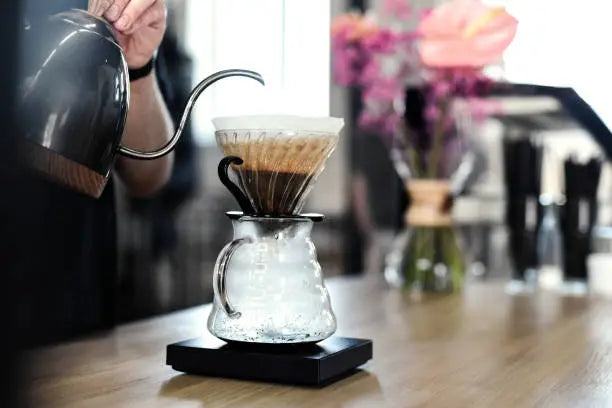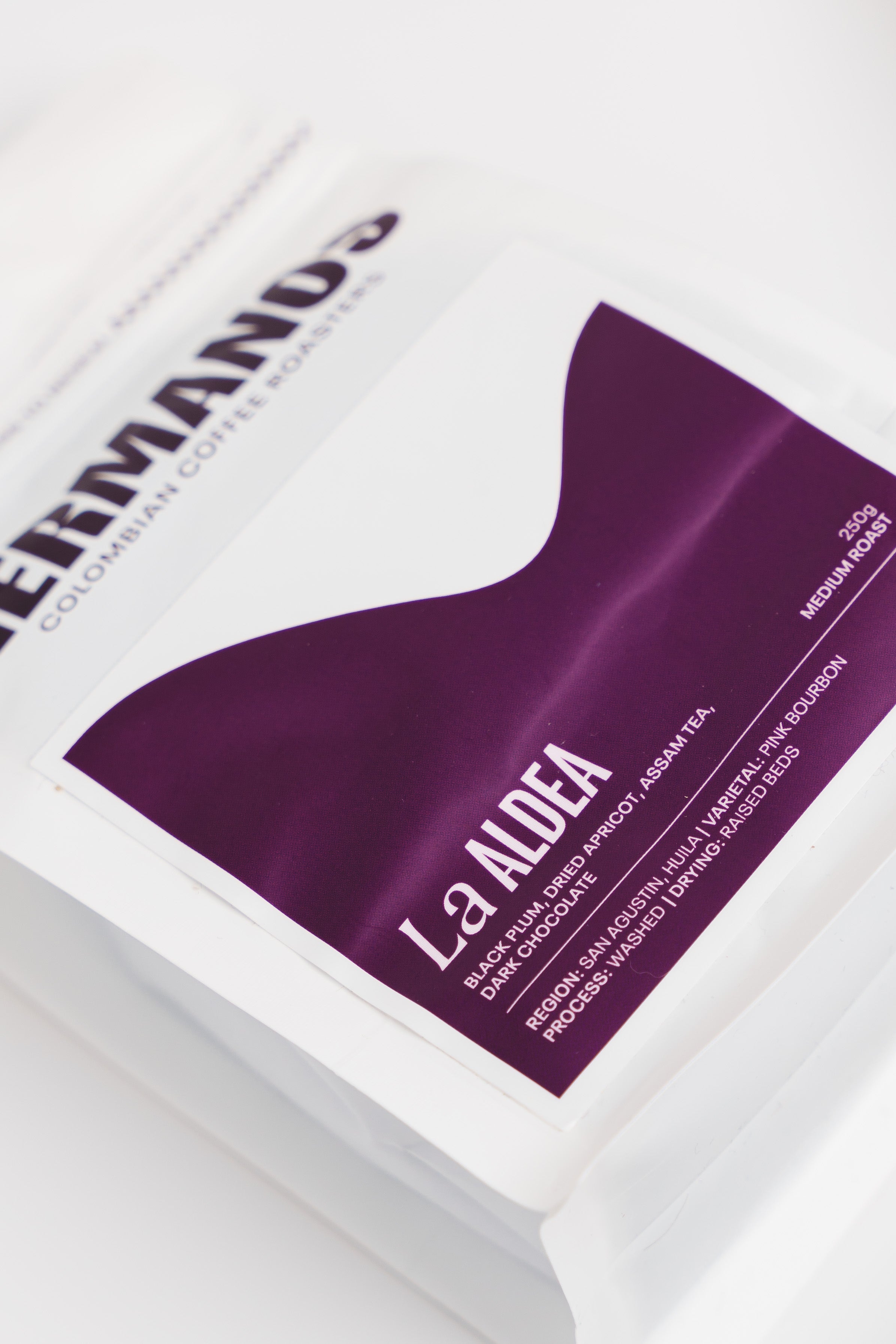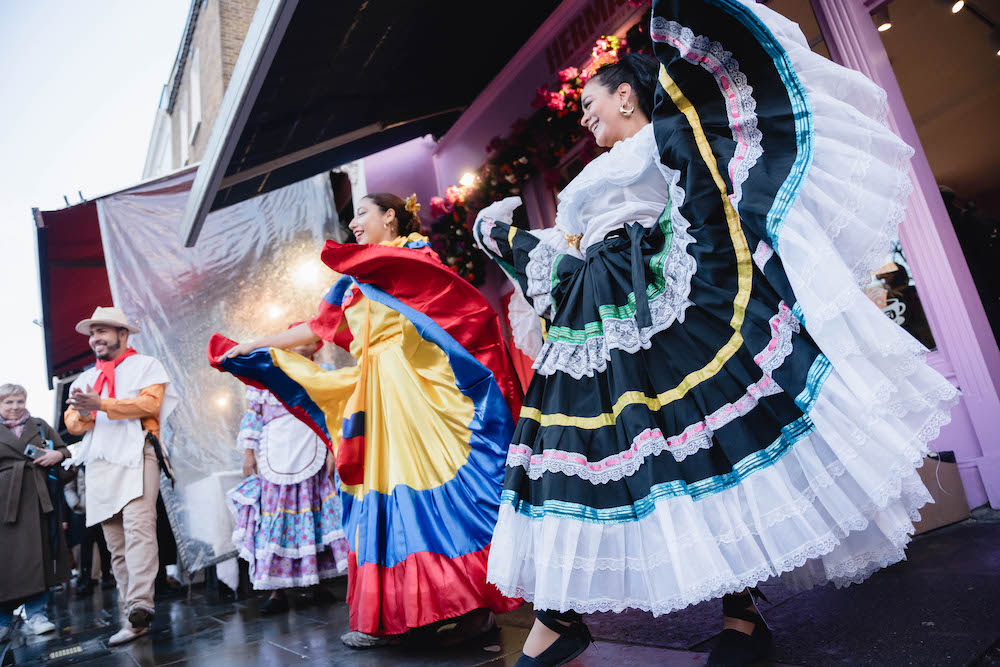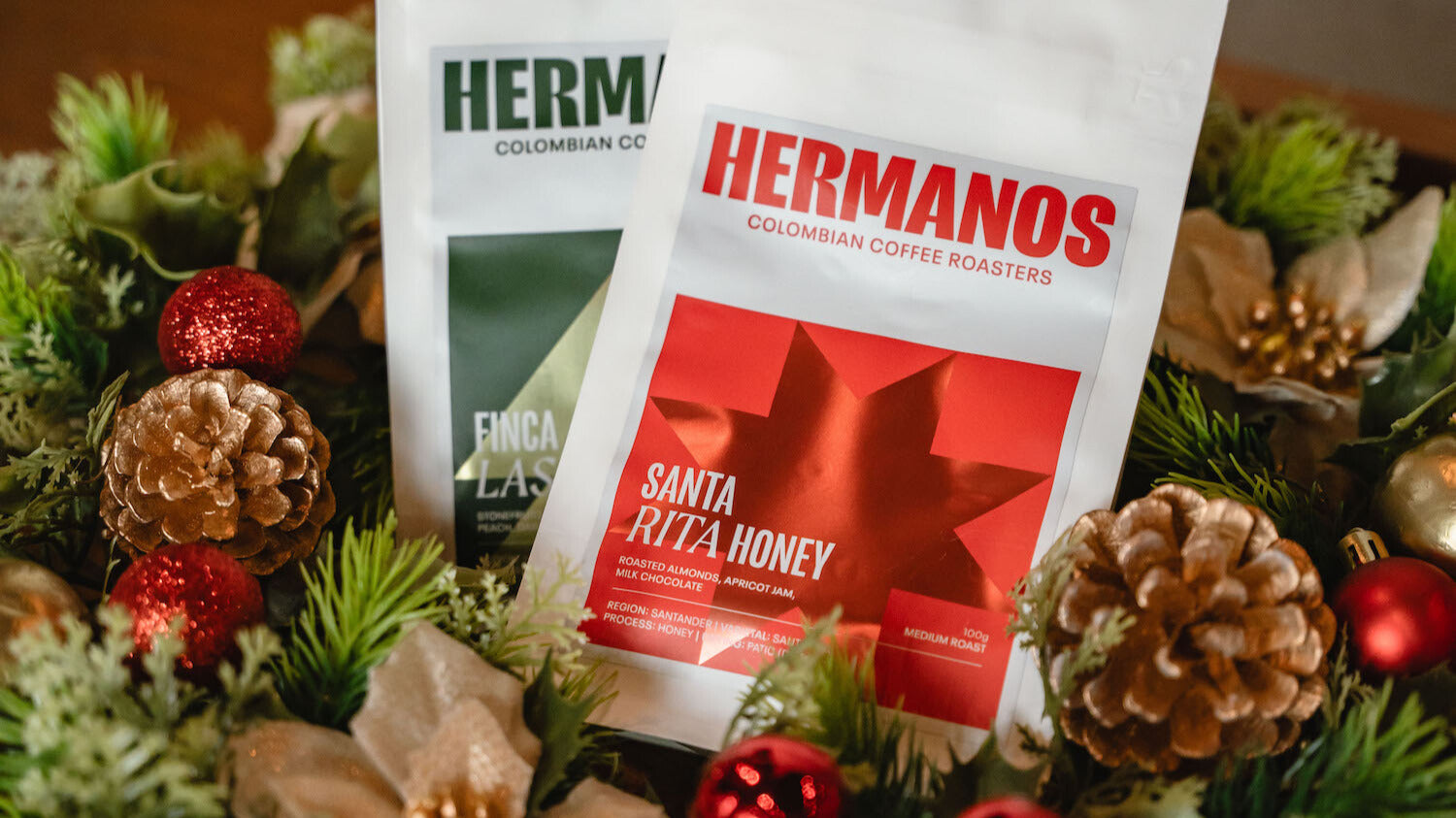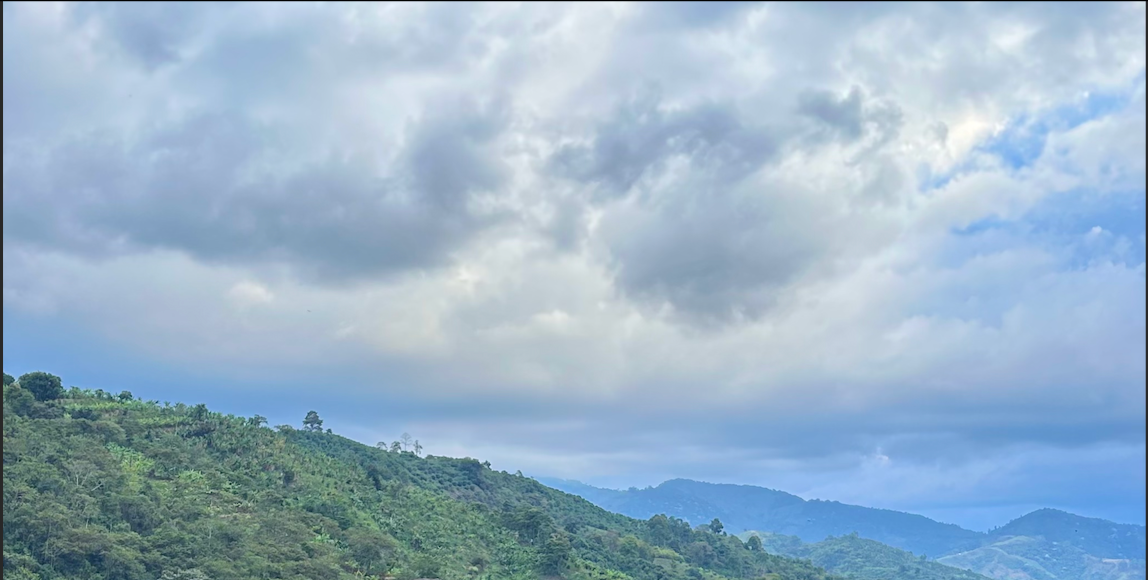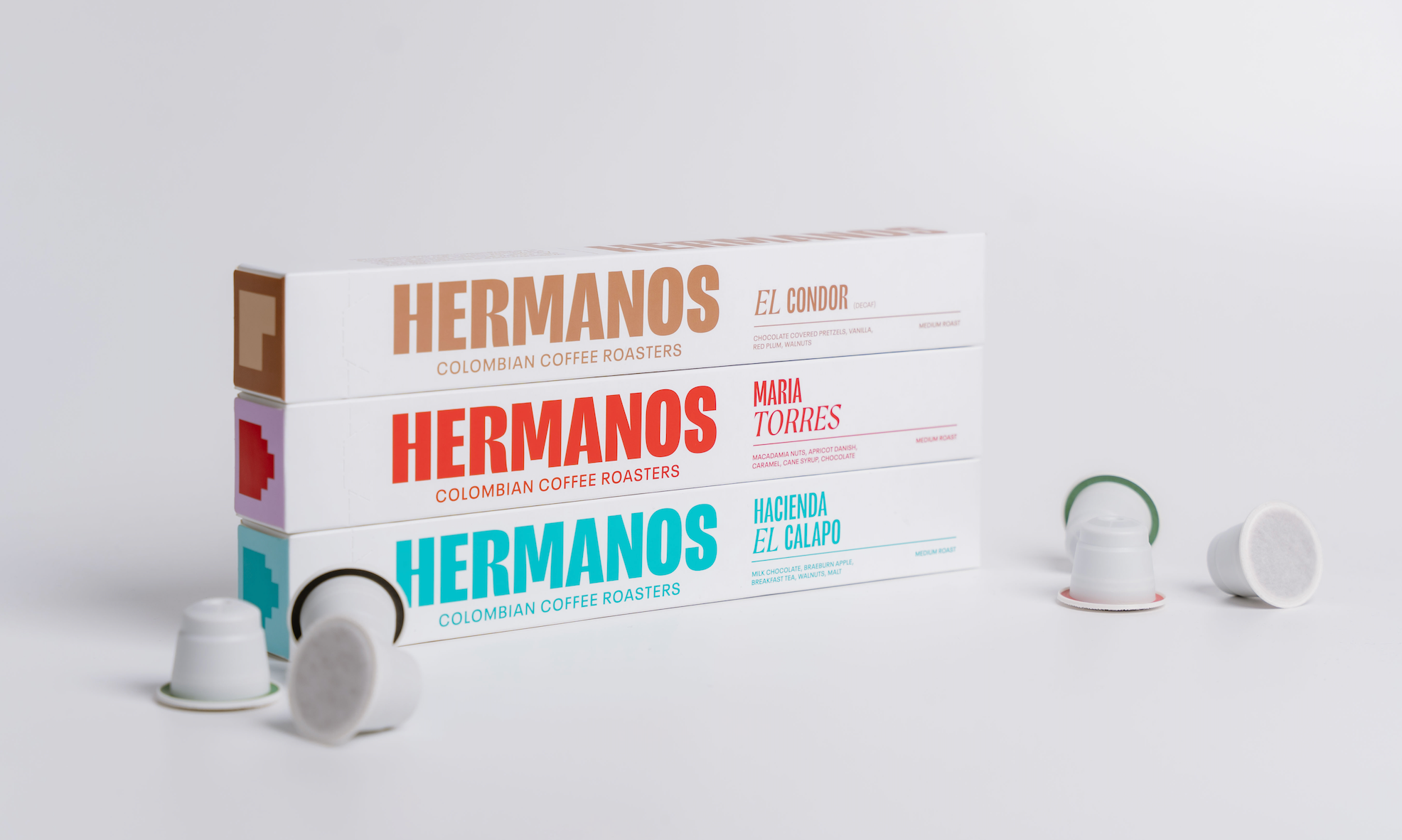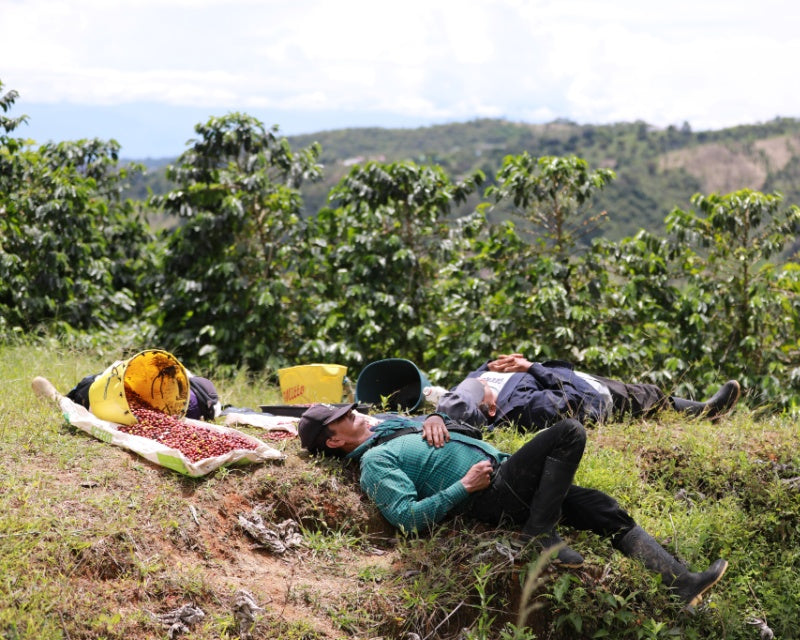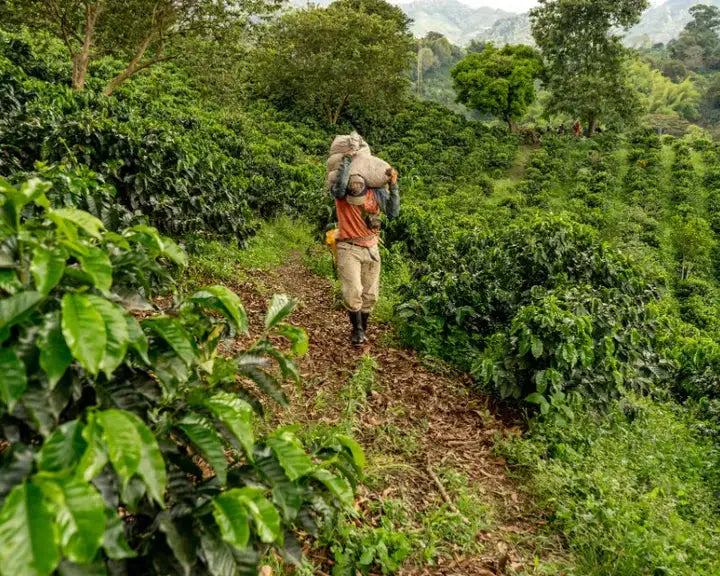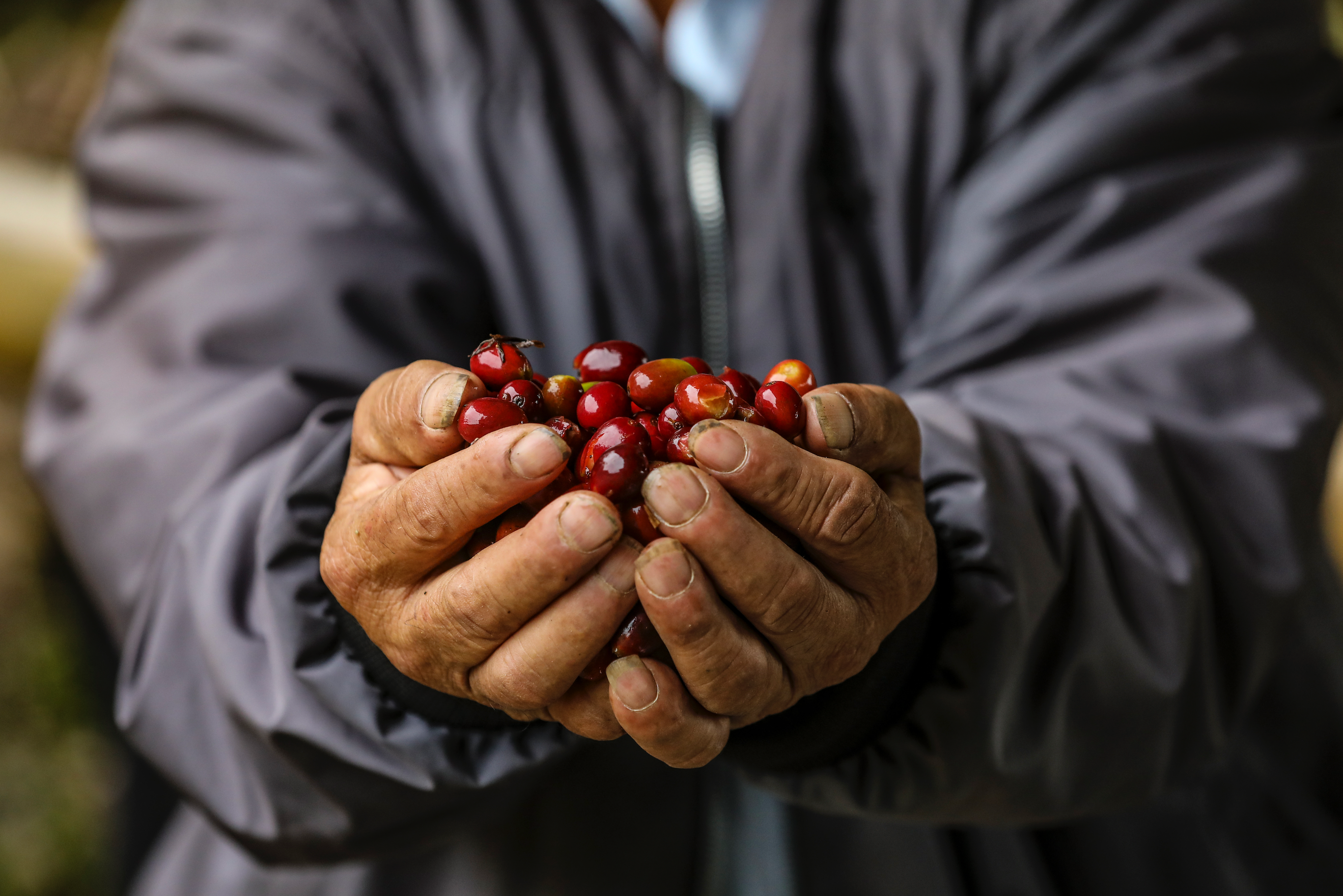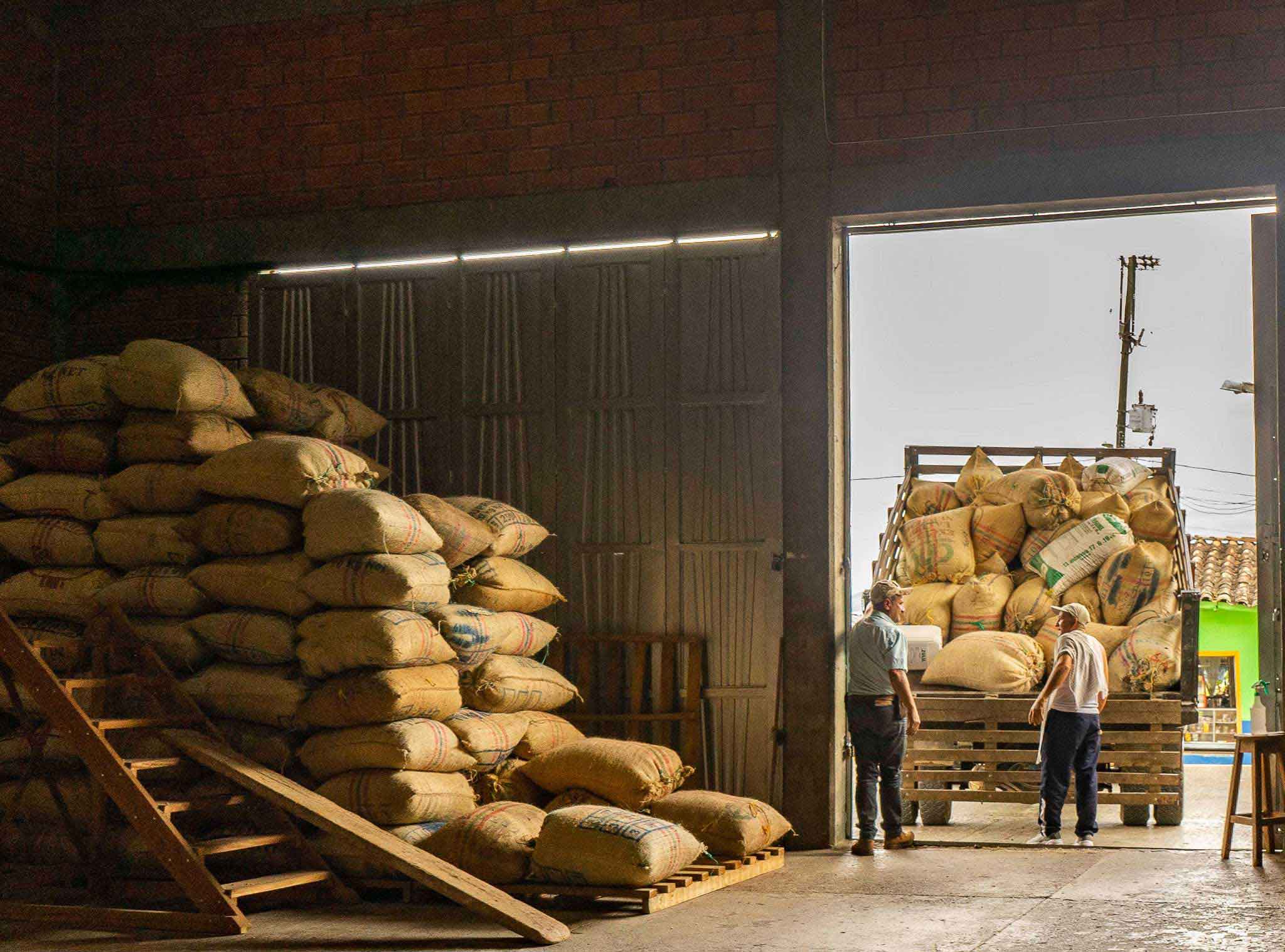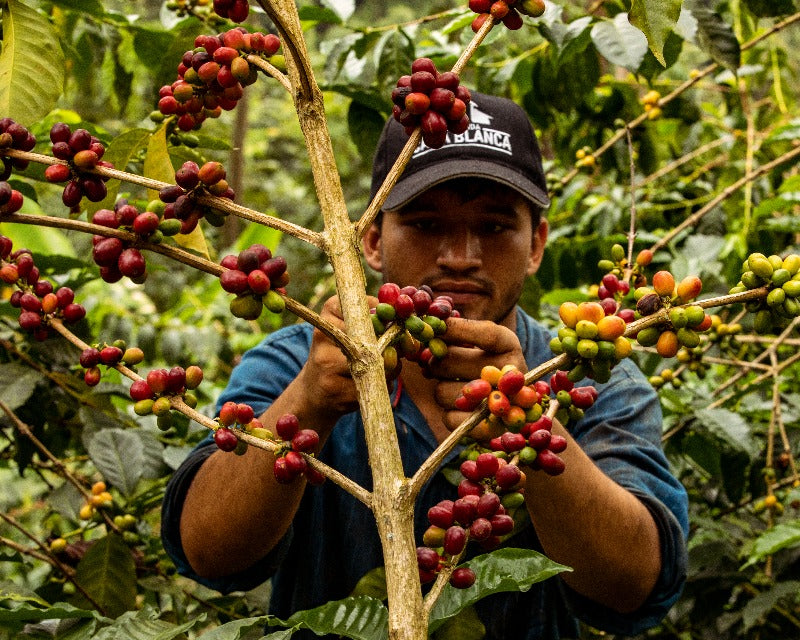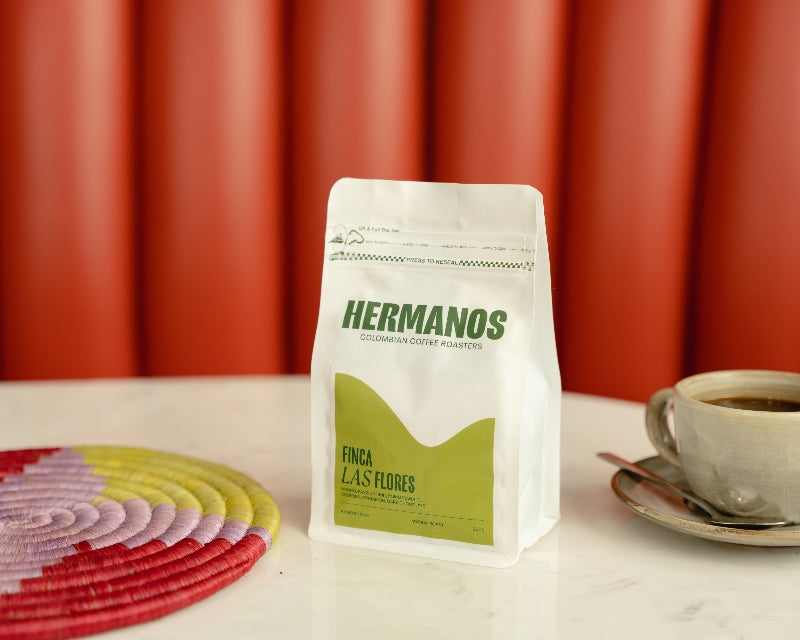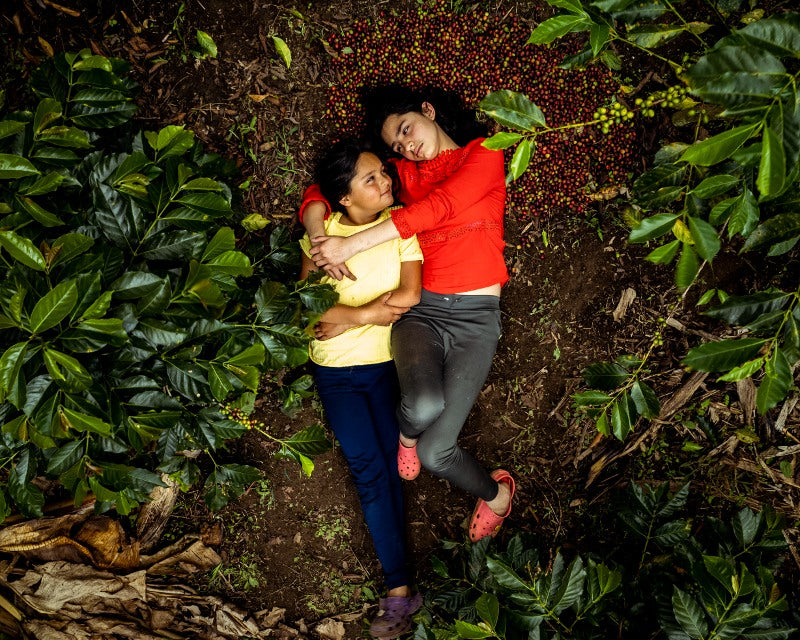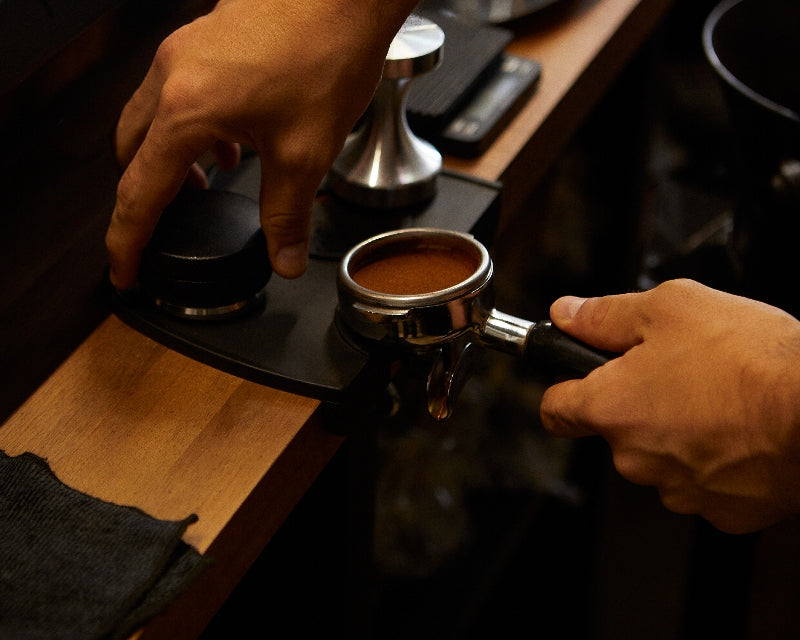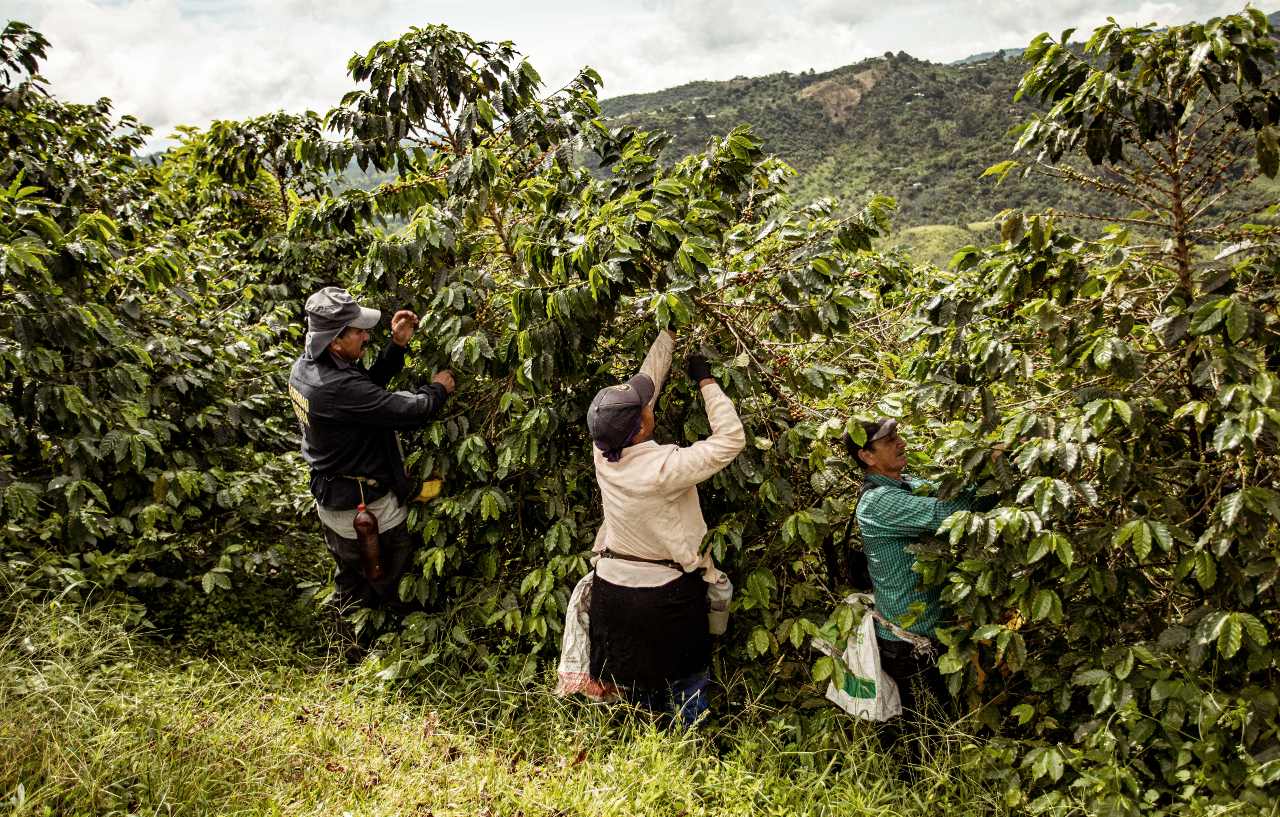The Colombian coffee industry is reliant on the work of women. Yet, women are often not recognised enough for this contribution..
On one level, Colombia has made significant progress in the realm of gender equality in recent decades. There are more initiatives than ever that work with the government and local cooperatives to integrate women into the higher levels of the coffee industry. A lot of these movements also provide safe spaces for women to organise and share knowledge and experiences with one another. However, many issues still exist within the coffee trade, which in many ways can be seen as a kind of microcosm of broader societal realities.
With equality for producing communities being such an important part of what we do, we wanted to take the chance to explore some of the core issues at play
Gender Equality Issues In the Coffee Trade

The issue of gender equality in the coffee trade is multifaceted. Although the world is becoming a safer and more accommodating place for women, misogyny and exclusion in professional environments is still common. In many cases, it has simply become more insidious.
For example, in the global coffee industry, women often make up a significant percentage of those responsible for certain types of manual labour, but are kept out of the decision-making processes. A study conducted by Coffee Intelligence found that women in Colombia are responsible for 75% of fieldwork and 70% of the drying and sorting of harvested cherries.
The reasons for women not being included in top level processes are twofold: firstly, they typically do not receive the same level of education or training as men, and by extension often lack the superficial credentials needed to succeed in certain areas of life despite holding high levels of practical experience.
Secondly, traditional roles place responsibility for housekeeping and family roles on women, meaning they have less time and freedom to prioritise career progression and rise to a decision-making level.
Whether it’s Colombia or Vietnam, below are some of the major gender equality issues facing the coffee trade today.
|
The Gender Data Gap
|
-
The gender data gap refers to the lack of quantitative or qualitative information that we have on women and gender non-conforming people.
-
Some examples of the data gap are in medical research, economics, or labour.
|
|
Disproportionate Share of Physical Labour
|
|
|
Confinement of Women to the Home
|
-
Some women work on coffee farms and are also expected to uphold the home, and others are confined entirely to domesticity.
-
Women must keep the household running and provide emotional labour to any children and their partner.
|
|
Emotional Burdens
|
-
There is extreme emotional strain of being the sole carer for children, partner, and oftentimes other family members.
-
There is an added risk of domestic violence within the home, which causes more emotional burden.
|
|
Sexual Violence and Physical Harm
|
|
|
Lack of Legal Protections and Land Rights
|
-
Women, especially lower-income or migrant workers, have very few rights.
-
Women’s ownership rights and social mobility in highly restricted in many coffee-growing countries.
|
Key Facts

-
Women in the Colombian coffee industry are responsible for approximately 75% of all fieldwork and 70% of drying and sorting harvested coffee cherries.
-
Of the 540,000 registered Colombian coffee growing families, only 25% contain women with an FNC-issued coffee ID card.
-
The FAO (Food and Agriculture Organization of the United Nations) estimated that productivity on farms run by women could increase by up to 30% if they were given access to the same resources as men.
-
A 2015 white paper by the SCAA (Specialty Coffee Association of America) found that women only own between 3-20% of land in developing countries.
-
The World Brewers Cup has yet to have a female winner, and the World Barista Championship only saw its first female winner in 2019. On average, women make up just 10% of finalists and about a third of entrants.
Overarching Patterns of Gender-Based Discrimination in Colombia

We cannot explore gender equality in the Colombian coffee industry without first understanding the general patterns of gender-based discrimination in the region.
To give you a better idea of the political and social leanings of people in the country, a 2022 survey found that 8 out of 10 people in Colombia agreed to the goal of parity between men and women, but only 38% of these people defined themselves as feminists.
This statistic is not overly surprising, as it is common knowledge that many fear the label of feminist and associate it with negative, shamefully misguided, connotations. However, it is promising to know that many hold the basic value that women deserve equality.
Although Colombia has made promises to improve the rights of women and girls, through advancing in the World Economic Forum’s Global Gender Gap Index, and introducing such legislation as the National Policy on Gender Equality, there is still much to be done, on both a national and local level.
In the professional sphere of Colombia, gender inequality comes in the form of sexual harassment and assault in the workplace, limited access to the labour market, pay gaps, lack of work-life balance, and barriers to managerial or leadership roles. This knowledge can inform us on how gendered discrimination manifests in the coffee industry, and what we can do to help make the quality of life better for those under the imposition of this misogyny.
Gender Roles in the Colombian Coffee Industry

Unfounded assumptions about women’s strengths and abilities influence their role in the Colombian coffee trade heavily.
Recent studies have found that women are responsible for 75% of fieldwork and 70% of drying and sorting harvested coffee cherries, which clearly shows how indispensable the work of women is to upholding the success of the industry.
In spite of this, only 25% of 540,000 registered coffee growing families in Colombia contain women with an FNC-issued coffee ID card. With it, you can access savings accounts and preferential tariffs, use ATMs, receive and make deposits, and more. Without it, your social mobility is hindered and your ability to move through society is stripped away.
Why are women not deemed as worthy of legitimacy within the industry? Too many people hold antiquated views on the importance of labour that women undertake. For example, many think that although women work the longest hours on the coffee farm, the work is less physically demanding, and is therefore secondary.
This line of thought is extremely damaging as it positions physical labour as the only ‘real’ work, completely discounting the emotional labour that many women are bound into delivering from childhood onwards.
Sexual Violence on Coffee Farms
Sexual violence is something that women the world over experience. It is a part of the lived experience of so many people’s lives, and perhaps the most pressing and urgent issue when discussing gender equality.
Due to the often enclosed and remote environments that coffee producing takes place in, the risk of sexual violence occurring is seen as high. Although hard data on the subject of gender-based violence on Colombian coffee farms is lacking, there is no end of anecdotal evidence suggesting that this does in fact take place.
A primary reason for this lack of evidence is likely the vulnerable position of victims who lack protections and support that would allow them to speak out. For instance, migrant workers with little to no financial stability often have few options available to them, potentially facing further assault or harassment, as well as loss of future employment, if they report the issue.
“There are few places where the “gender data gap” is bigger than on the coffee farm.”
- Perfect Daily Grind.
Importantly, reporting on this issue in nearby countries is more substantial. Reports undertaken in 2017 found that, from a small sample group of Nicaraguan coffee farmers, 25% had experienced some form of sexual assault whilst on the coffee farm. With this in mind, the likelihood of it permeating into Colombian society is high.
Existing Gender Equality Initiatives in Colombia

It can be easy to hold a pessimistic view on gender equality, but we must remain optimistic and recognise the work that many are already doing to improve the rights of women.
Igualdad Mujeres y Hombres
Igualdad Mujeres y Hombres (Equality Women and Men) is a woman-founded initiative across Risaralda and Valle Del Cauca, Colombia. The women involved in the organisation focus on coffee processing methods, producing premium beans, and improving cup profiles.
As well as growing high-quality coffee beans, the women behind IMH hosts workshops and encourages expertise sharing across women and men in the industry. Through doing this, not only do they increase productivity and quality levels in the coffee growing sector, but foster respect and friendship that transcends gender divides.
In the past at Hermanos, we have stocked their coffee, and it was a firm favourite amongst our customers!
The Women’s Association of Coffee Growers (Cosecha de Caficultoras)

Another group, who we at Hermanos have close ties with, is The Women’s Association of Coffee Growers, who are based in Popayan, Cauca.
The Association is made up of about 30 women from all different backgrounds and of all different ages. They strive towards some incredible goals, and we were honoured to assist them in giving advice on how to produce specialty Arabica beans.
One of the most crucial reasons for groups such as these existing is the sense of community and safety that they provide for women. The effects of gender-based discrimination can be isolating and dangerous, and being able to share knowledge and experiences is one of the most powerful tools that a woman can wield.
Liliana Caballero Rojas, Hacienda Casa Blanca
Not so much a gender equality initiative, but Liliana’s farm, Hacienda Casa Blanca, in Santander, Colombia, is something that we have to shout out. At Foro Café 2022, her coffee was awarded first place for best specialty coffee in the region of Santander – beans which we proudly stocked (and will be stocking again very soon!).
Liliana Caballero Rojas is one example out of hundreds of amazing women working to change the face of the male-dominated industry.
What More Can Be Done to Further Gender Equality?

Most important is the need for an end to gender-based violence and discrimination. More broadly, women deserve recognition for the work they do, both at the coffee farm and in the home. But how do we achieve this?
In recent years, ethics and sustainability are playing a much larger role in consumerism, with many in the West more likely to pay a premium for a product that is marketed as ethical and produced in line with gender equity policies.
An added incentive for all players in the coffee supply chain to increase gender equality in the Colombian coffee industry at all levels is also that this can increase the value of the beans being grown.
Through the dedicated work of groups like the Women’s Association of Coffee Growers, we will hopefully continue to see an increase in the amount of women involved in decision-making processes.
With this, we can hope to also witness a change in the way participants of the global coffee industry view women: not as repositories of unappreciated physical and emotional labour, but as talented, strong, and complex people, worthy of praise, mobility, and opportunity.
We would like to recognise that this article is by no means exhaustive, for a true analysis of gendered discrimination in the Colombian coffee industry would also have to take into account gender non-conforming people, and the role that race and sexuality plays in oppression.
Sources:
https://www.ipsos.com/en/flair-collection/flair-colombia-2021/feminism-and-glass-ceiling
https://intelligence.coffee/2022/02/why-more-female-coffee-farmers-should-be-in-decision-making-roles/
https://weaverscoffee.com/blogs/blog/colombian-coffee-1
https://latinamericancoffeeacademy.org/women-coffee-industry/
https://www.pactcoffee.com/blog/female-coffee-farmers
https://www.homegrounds.co/women-in-the-coffee-industry/#Women_on_the_Coffee_Farm
https://www.ico.org/documents/cy2017-18/icc-122-11e-gender-equality.pdf
https://perfectdailygrind.com/2018/03/women-in-the-coffee-industry-what-you-should-know/







